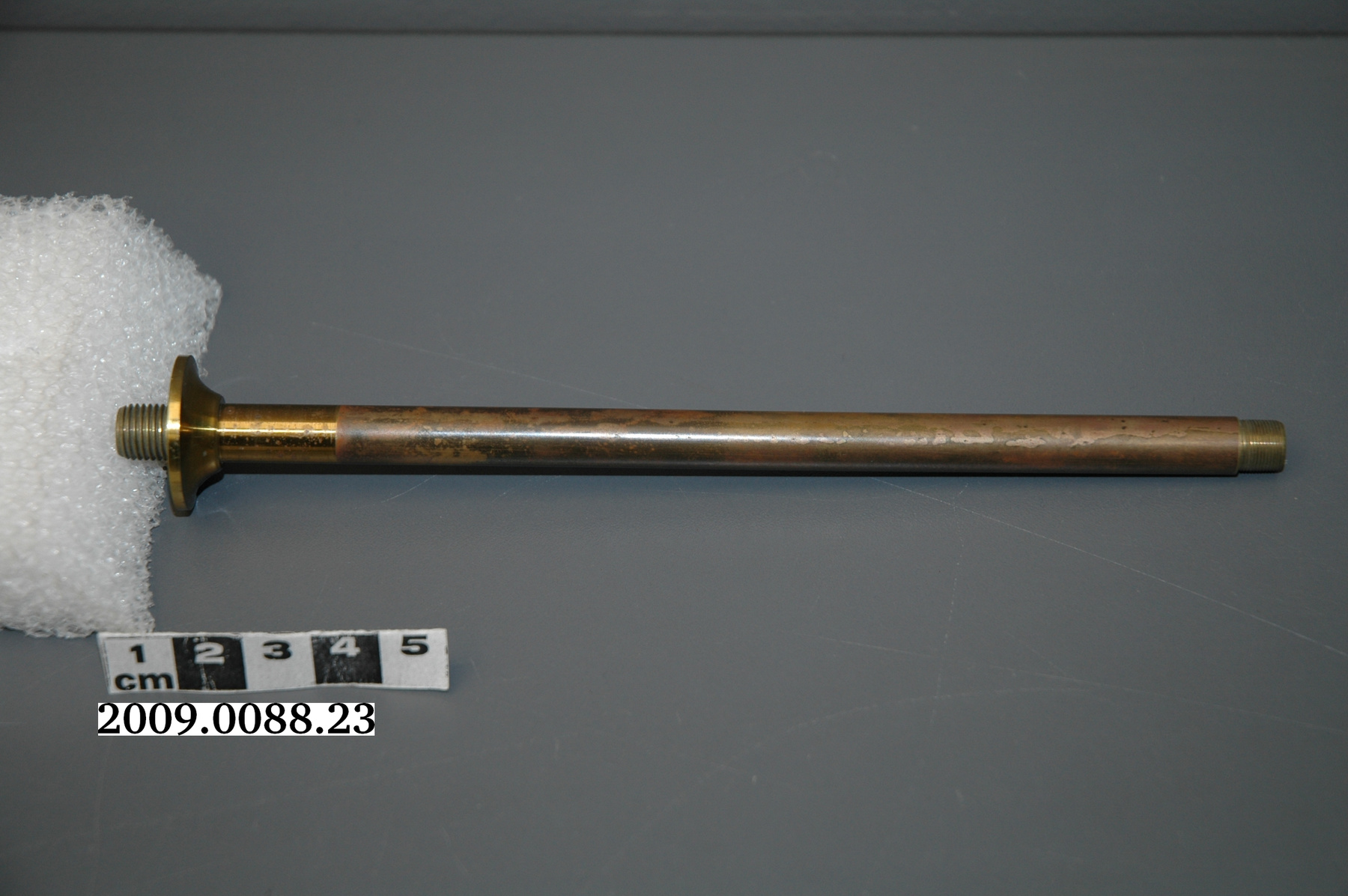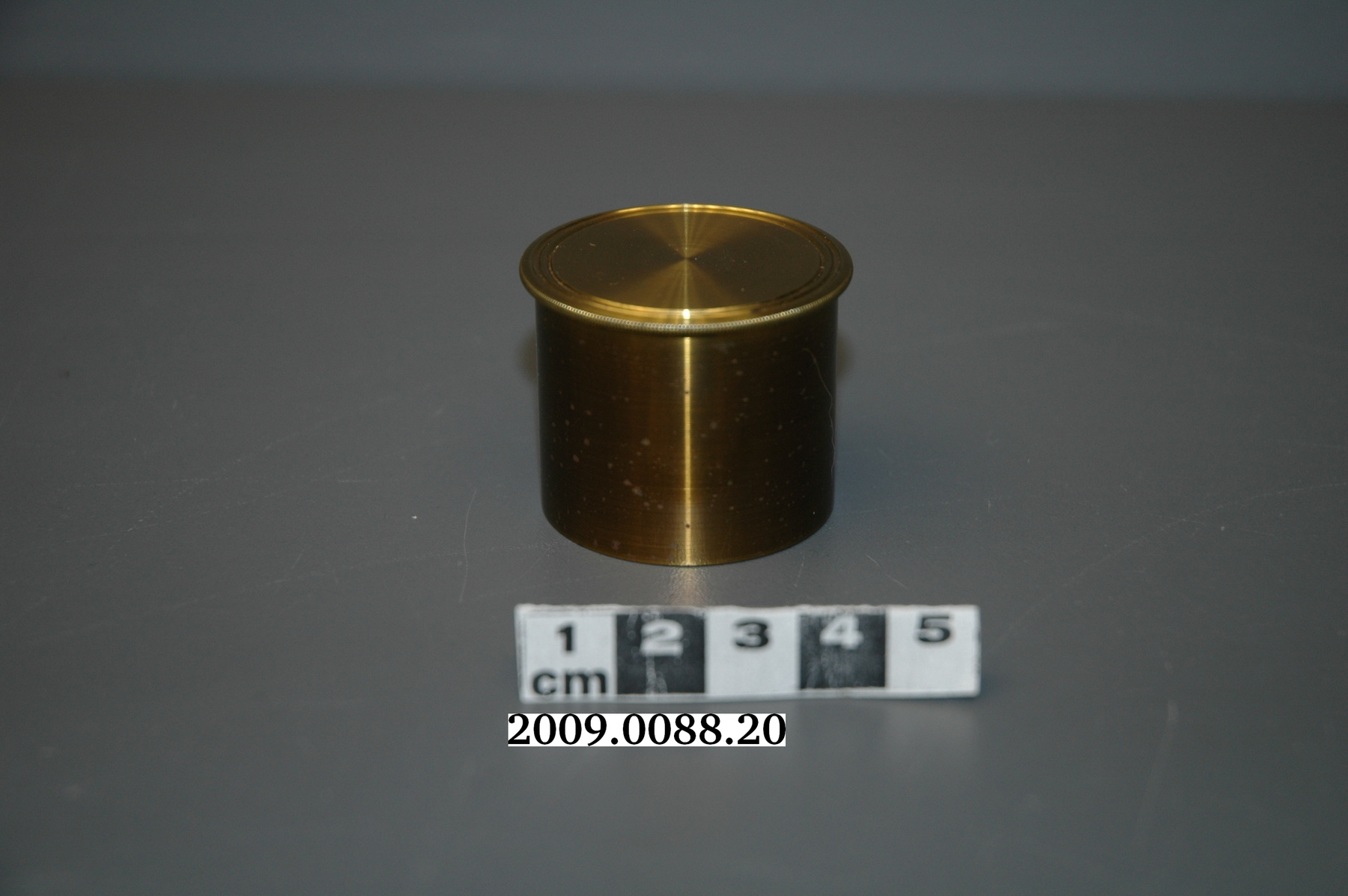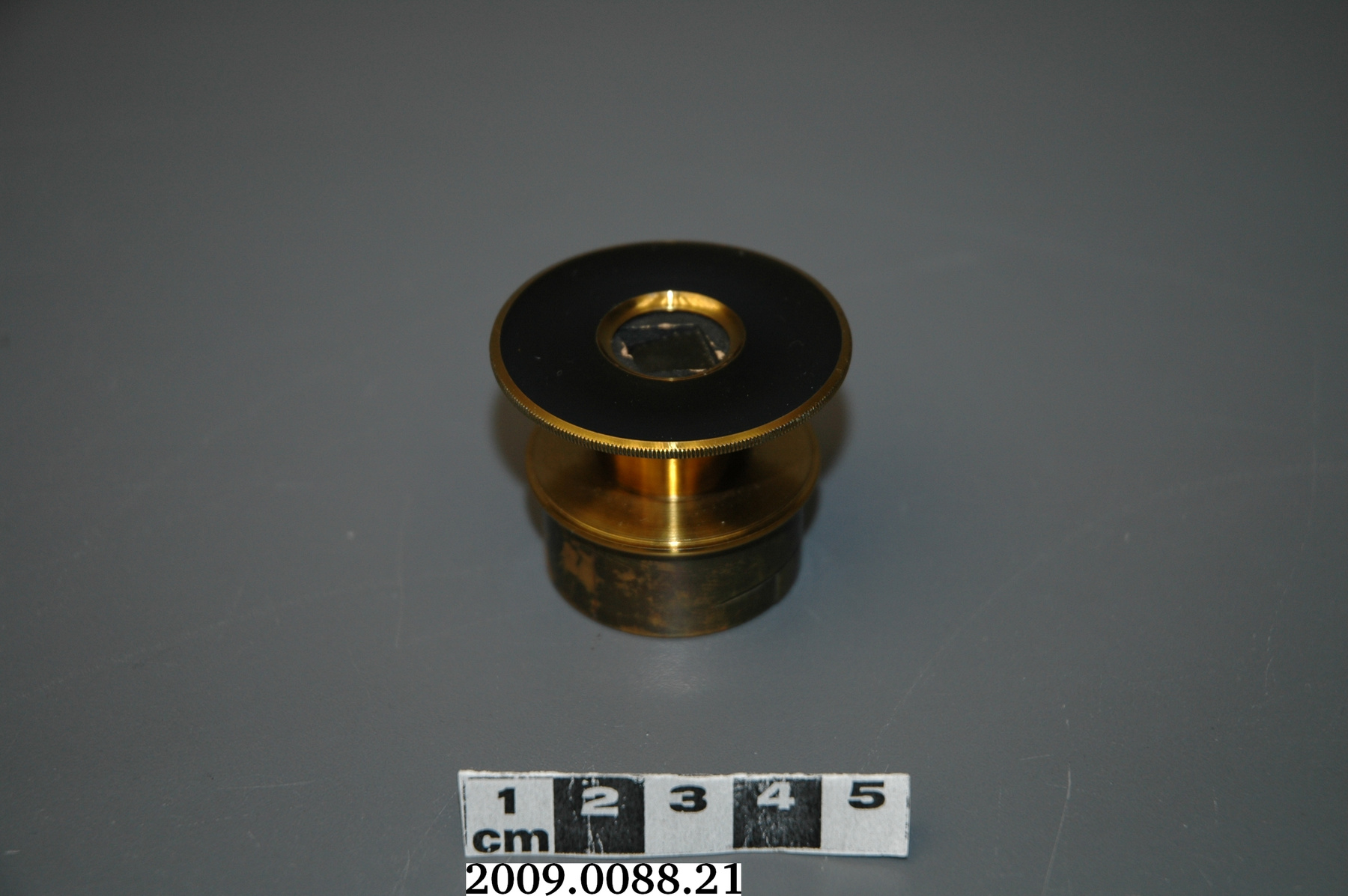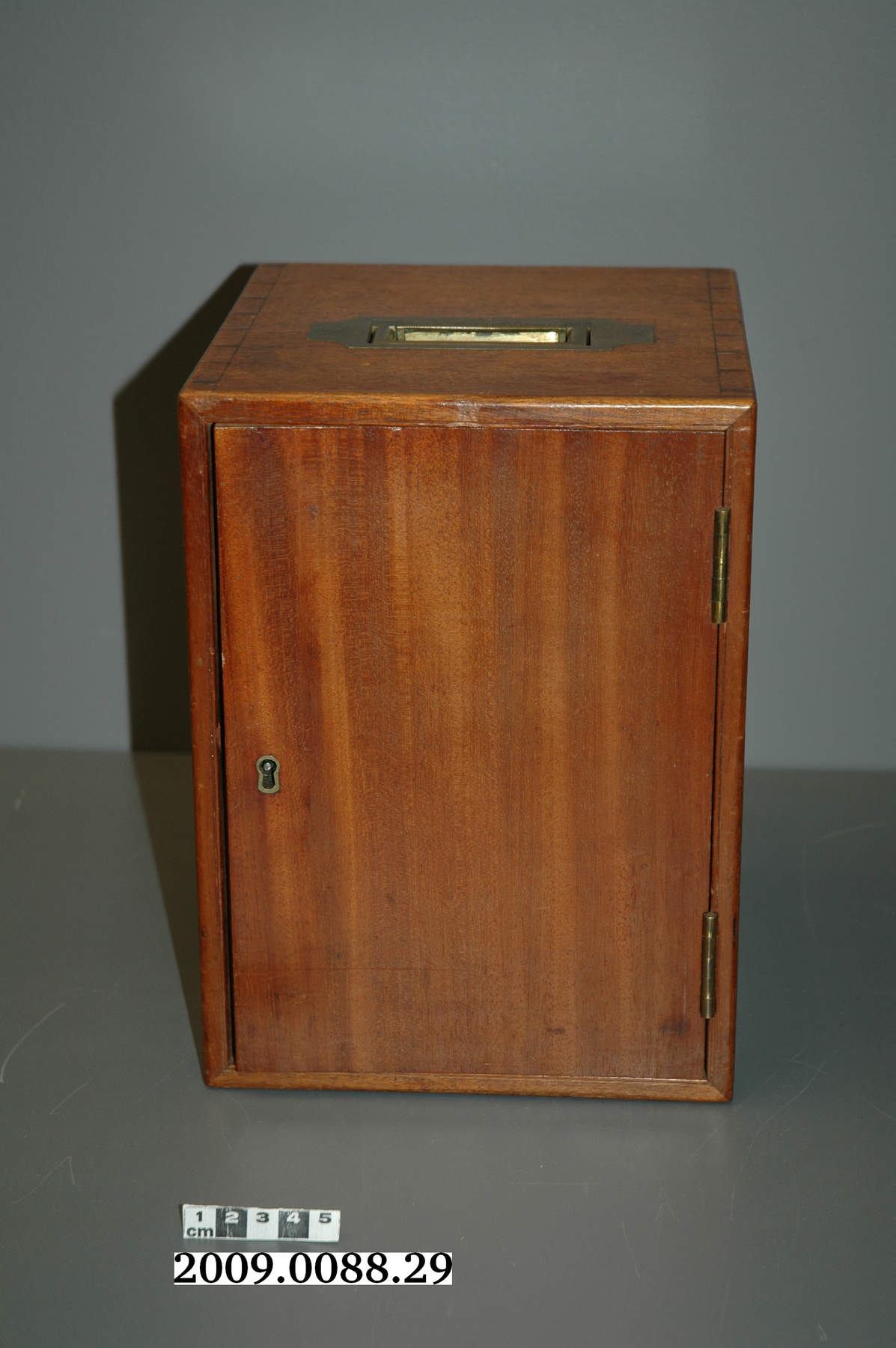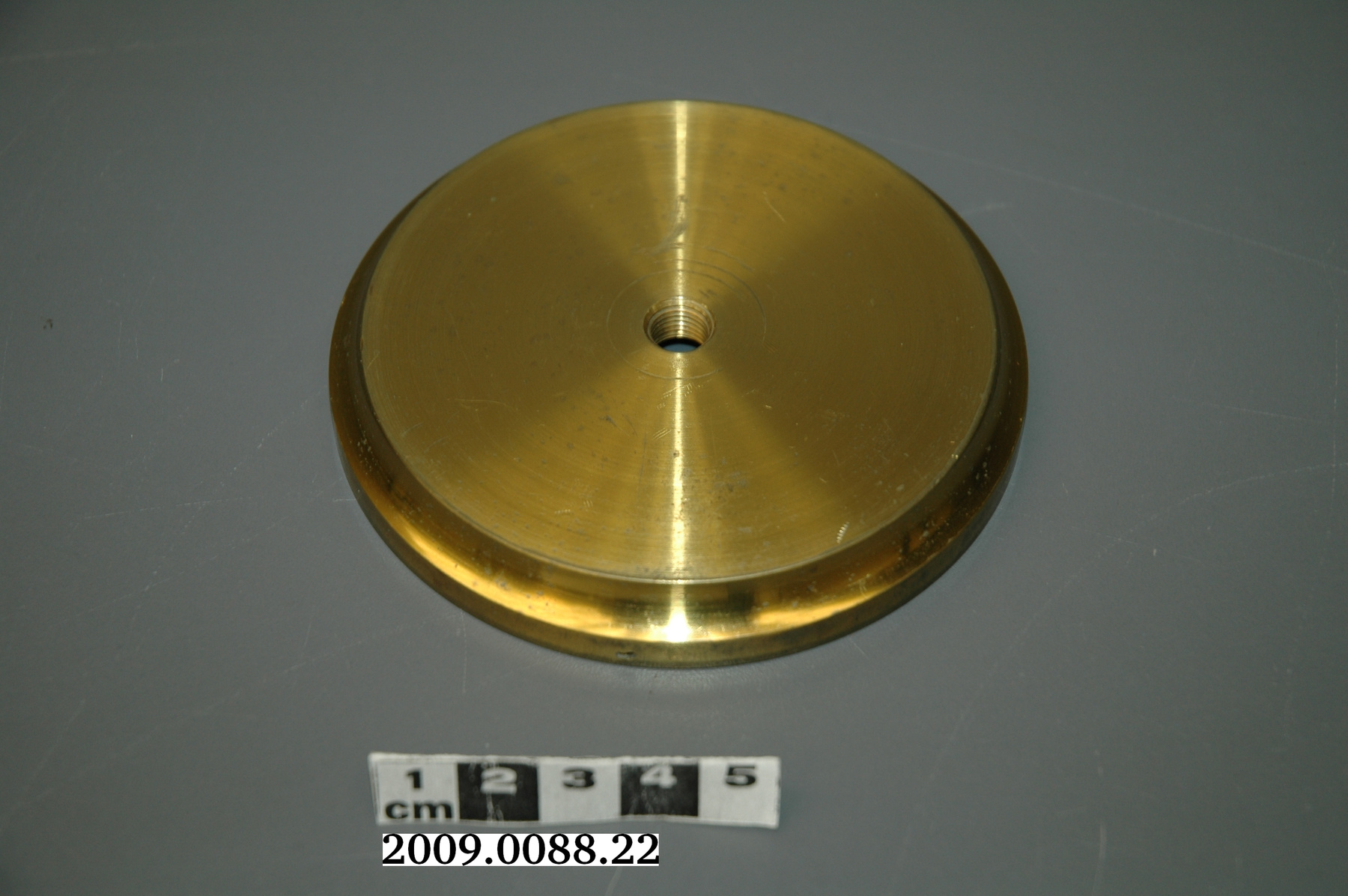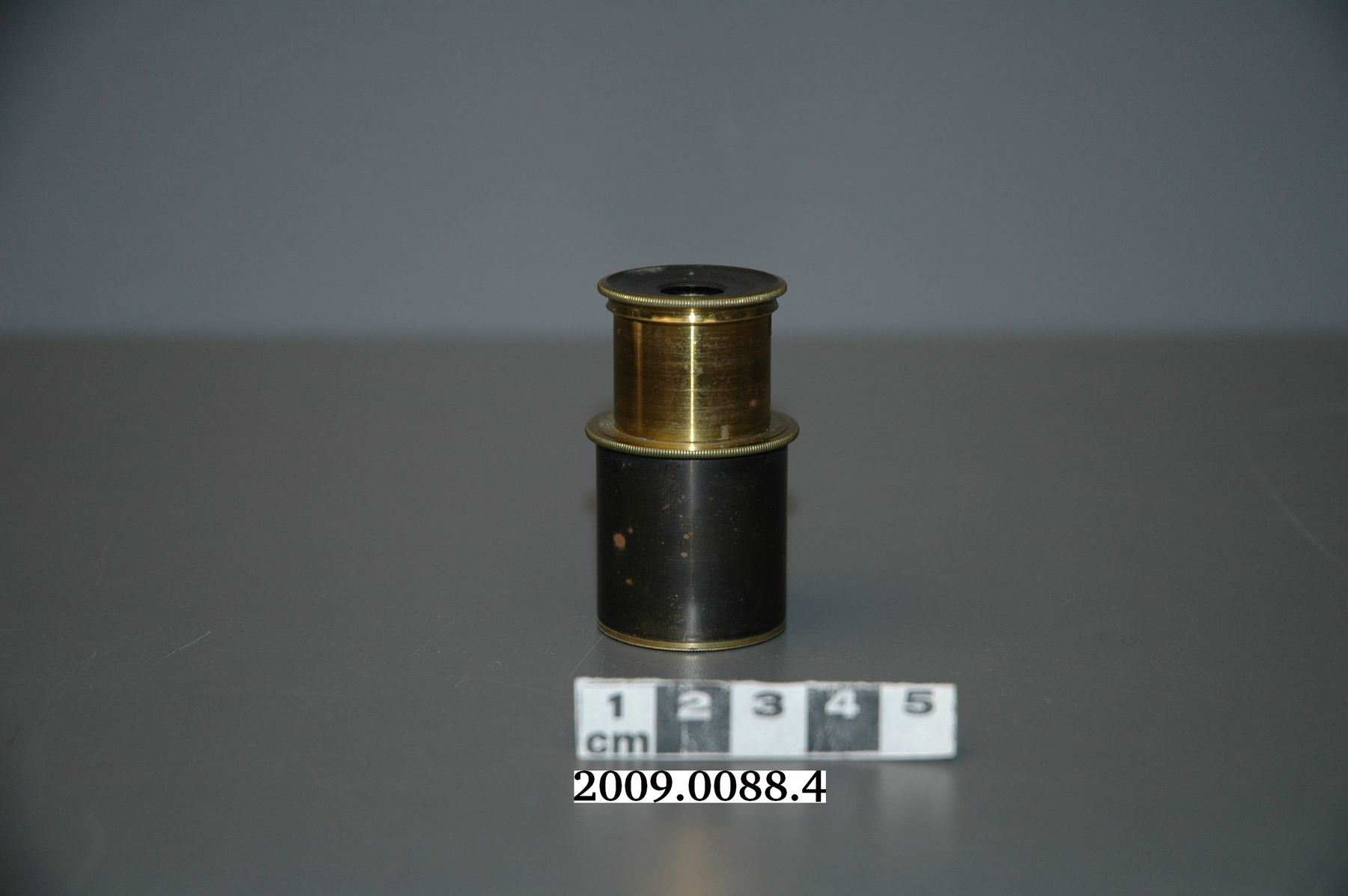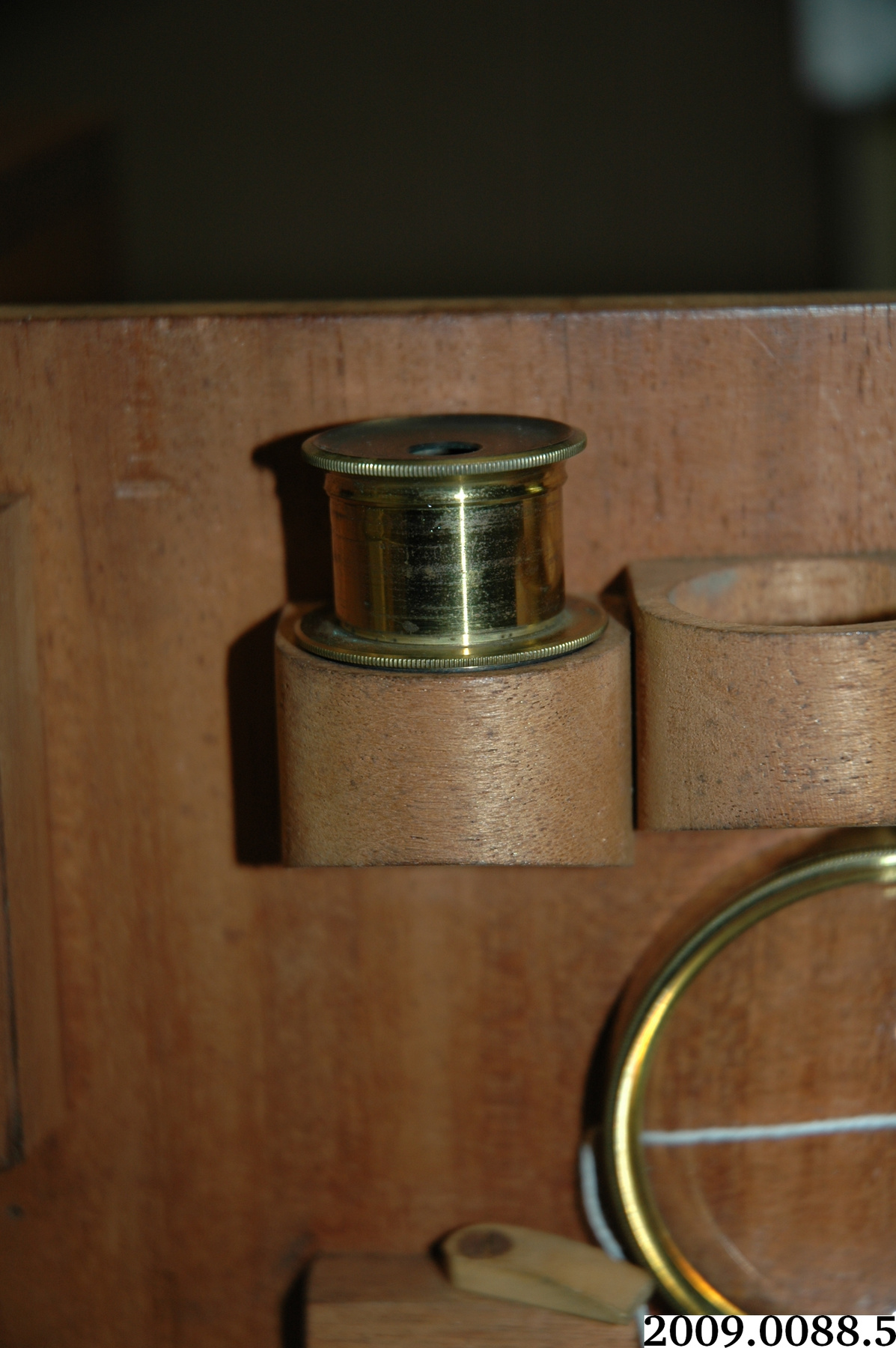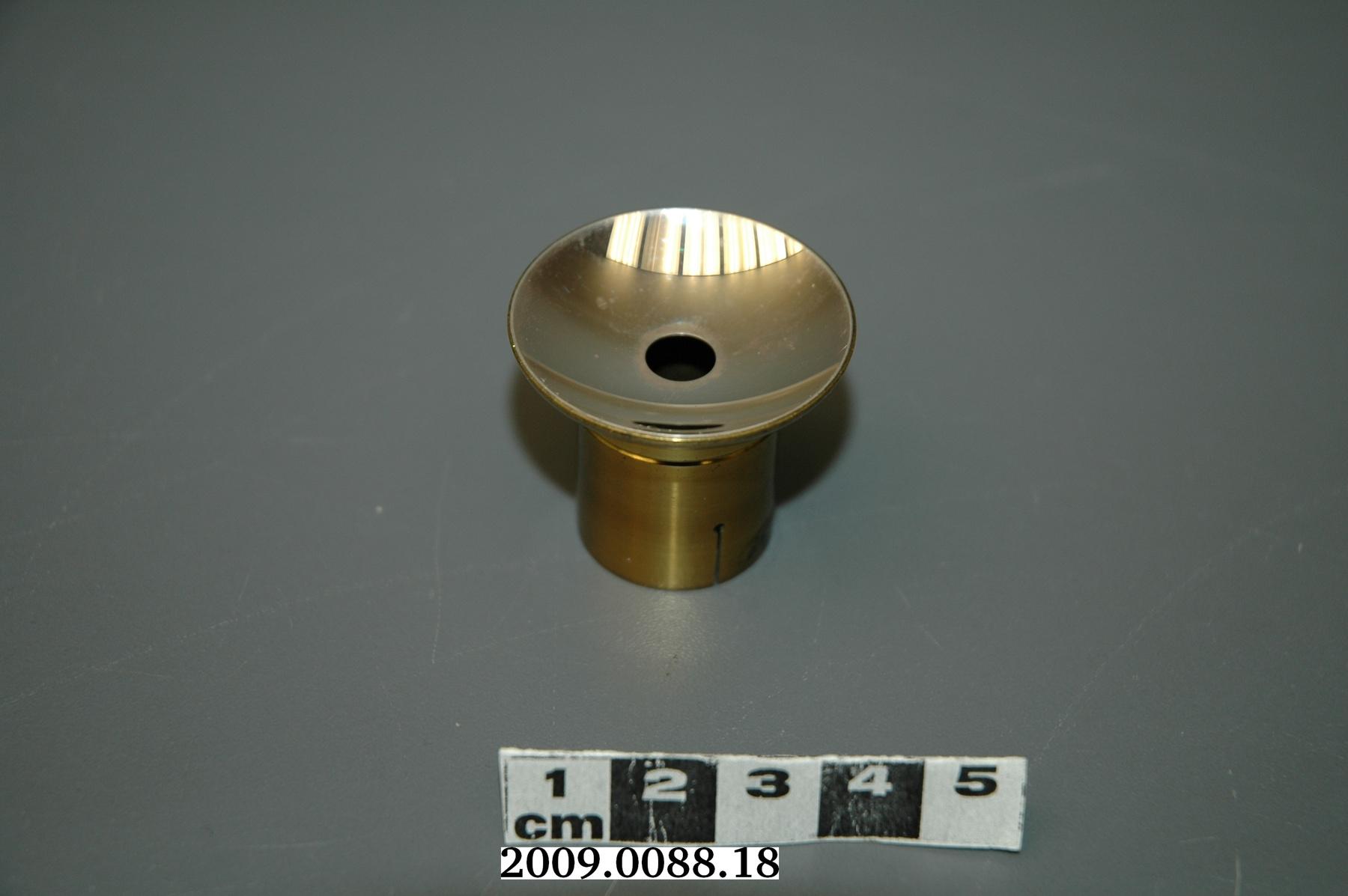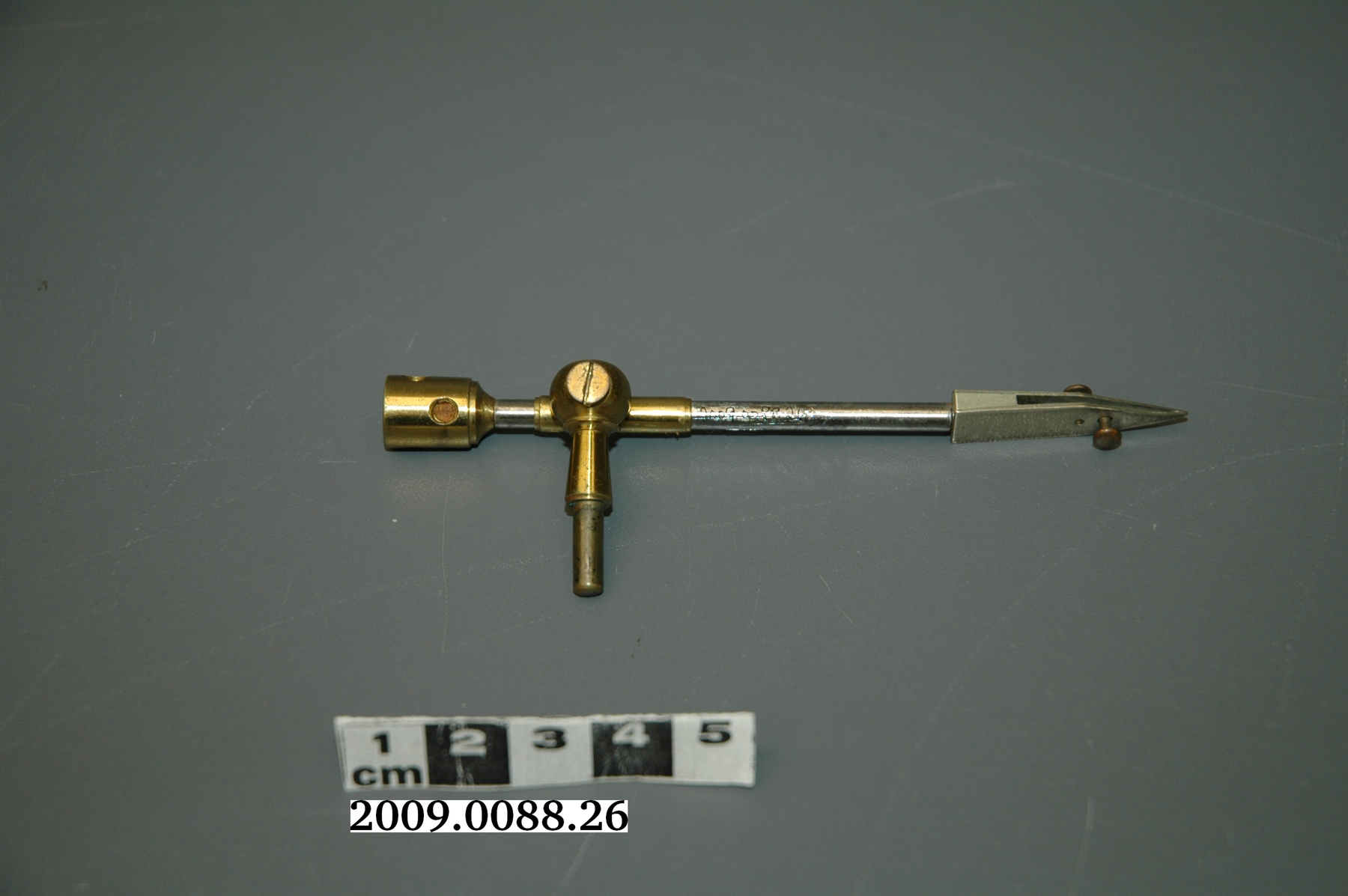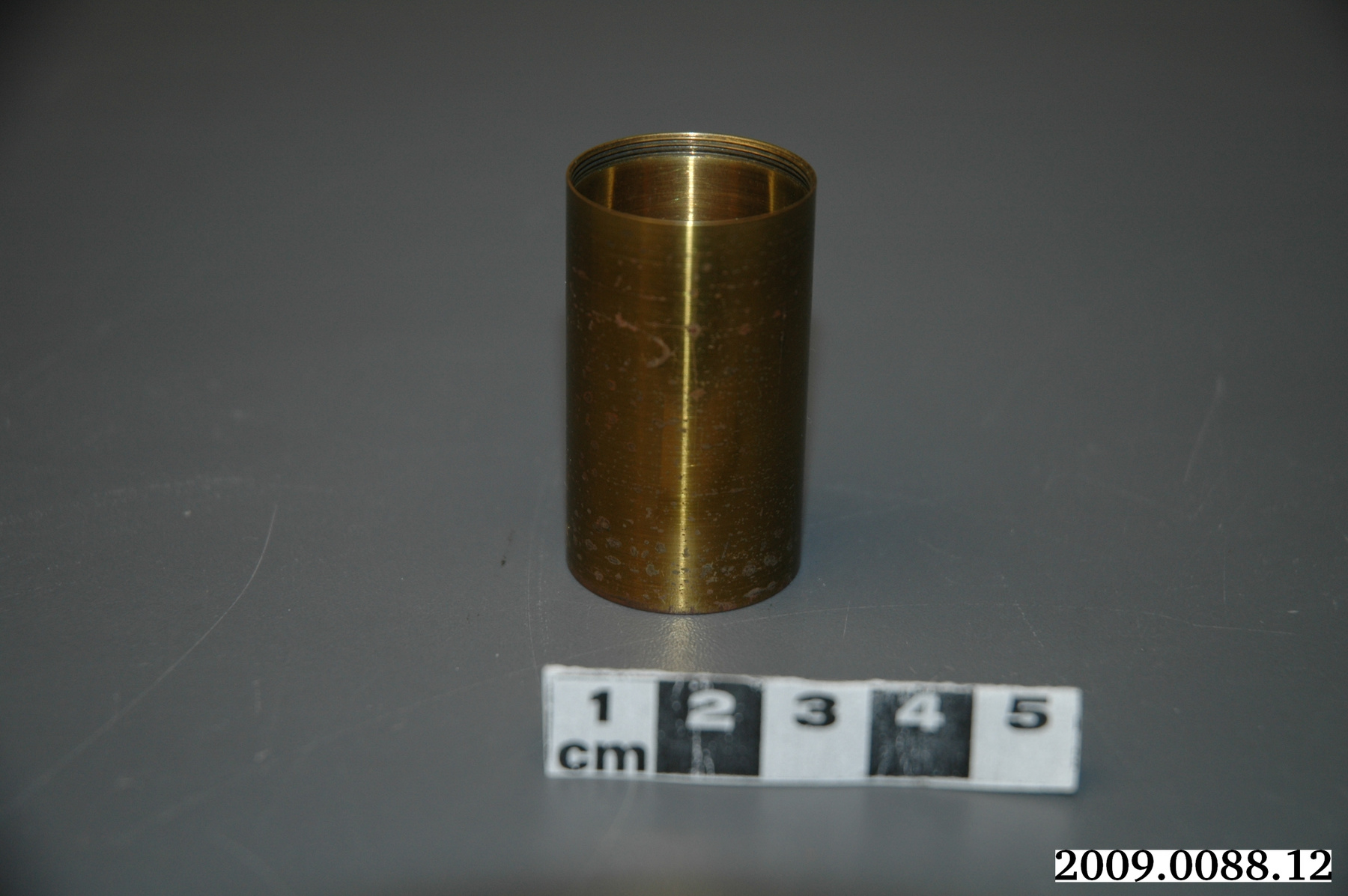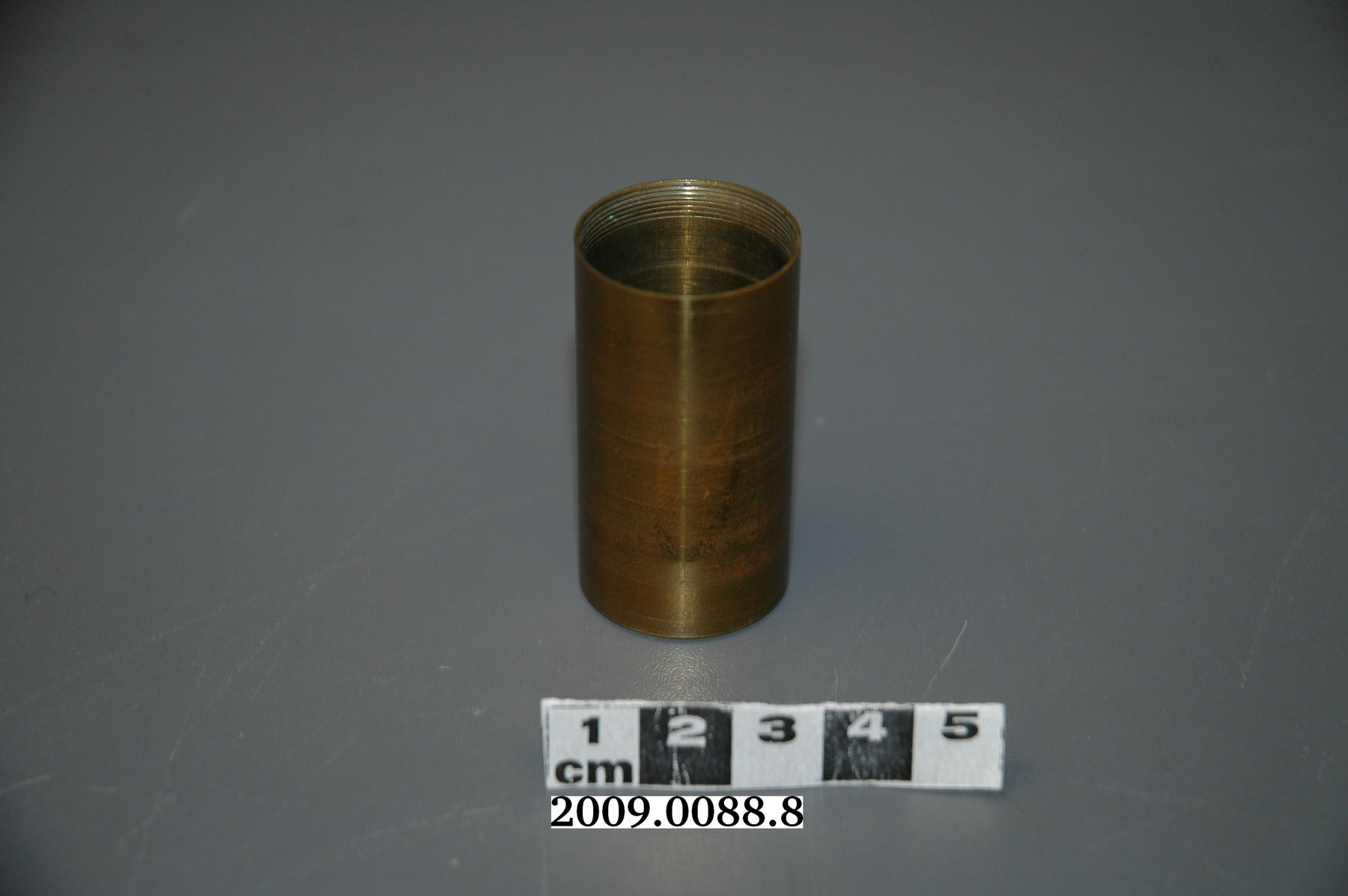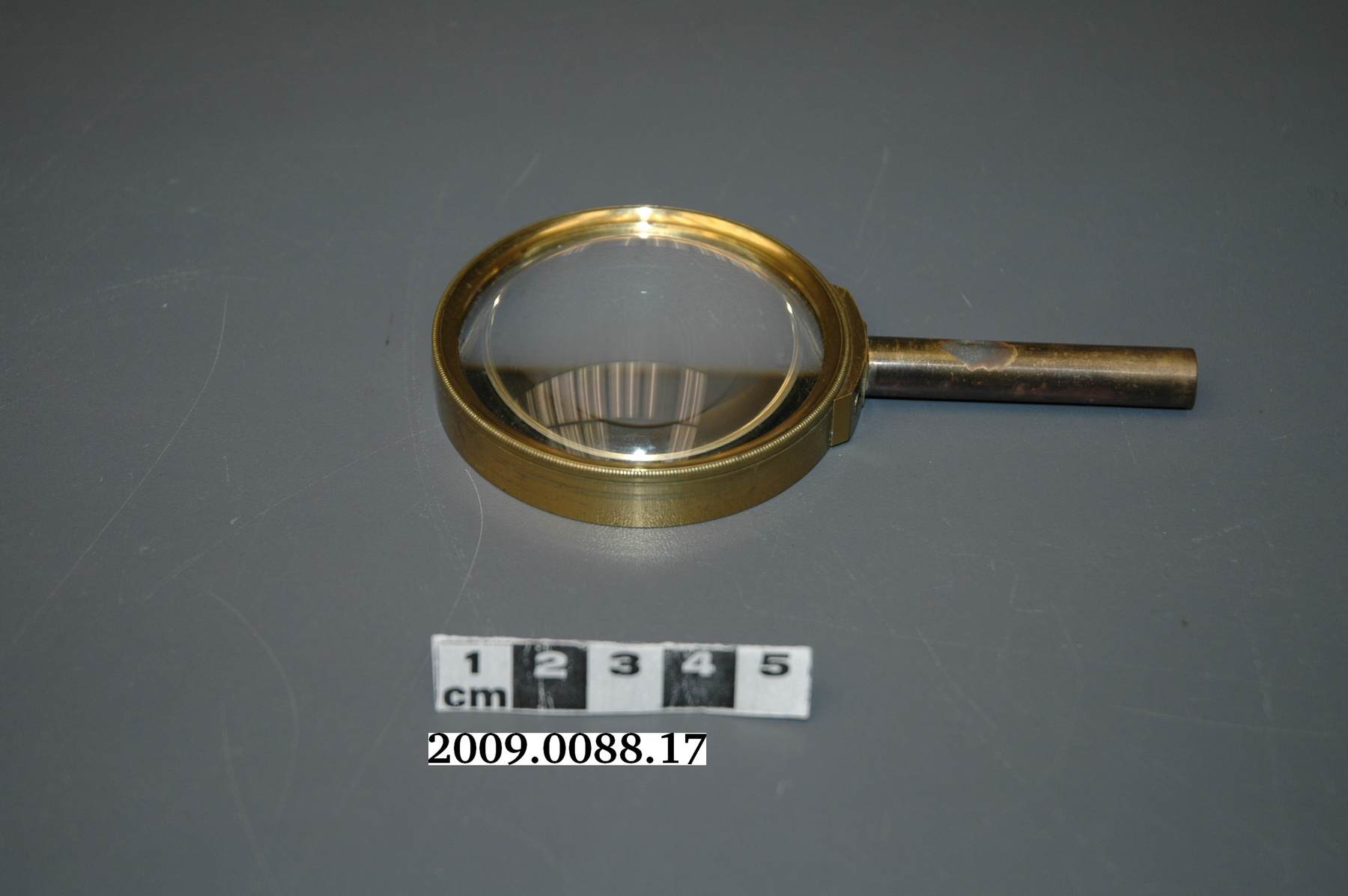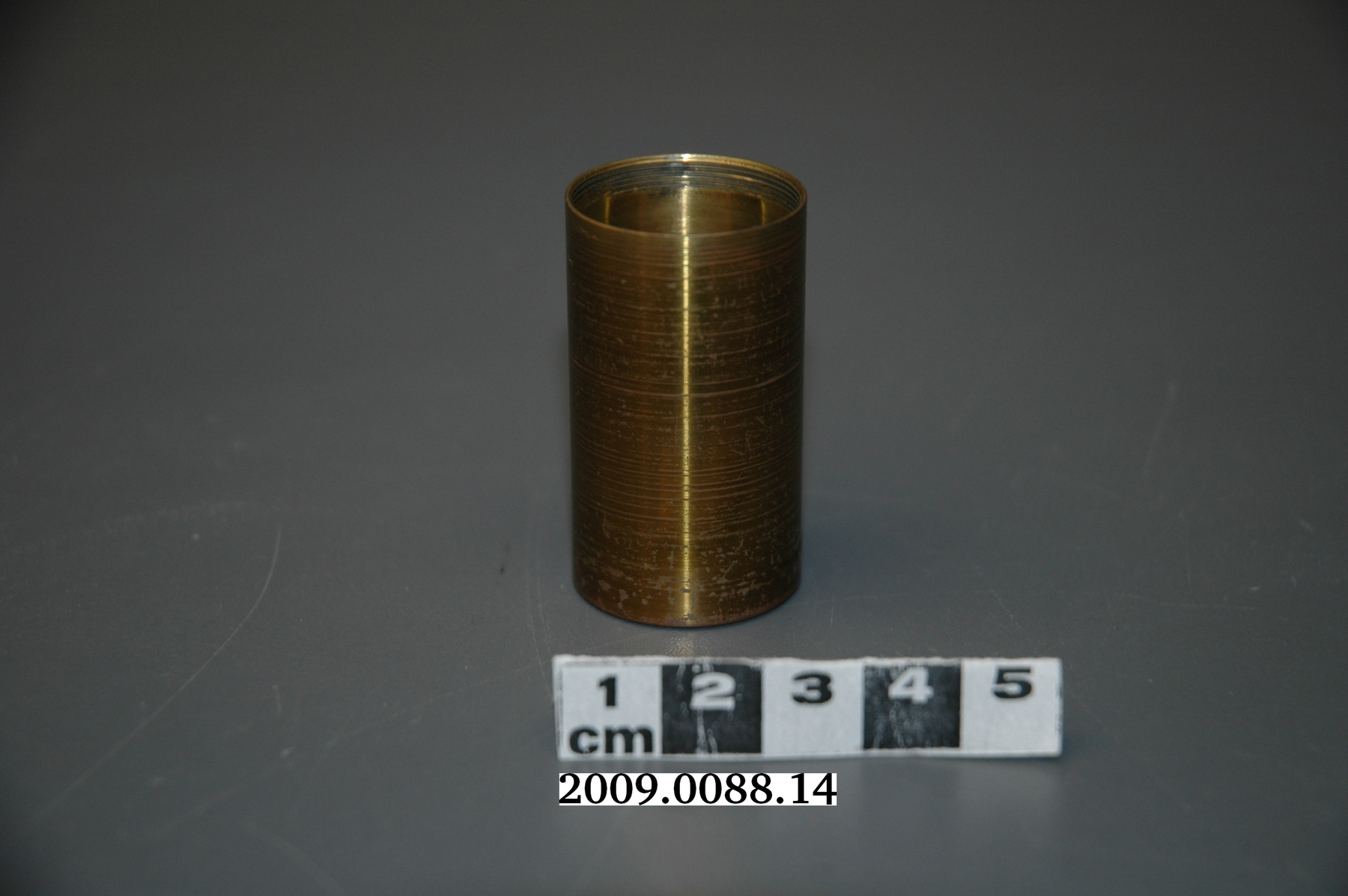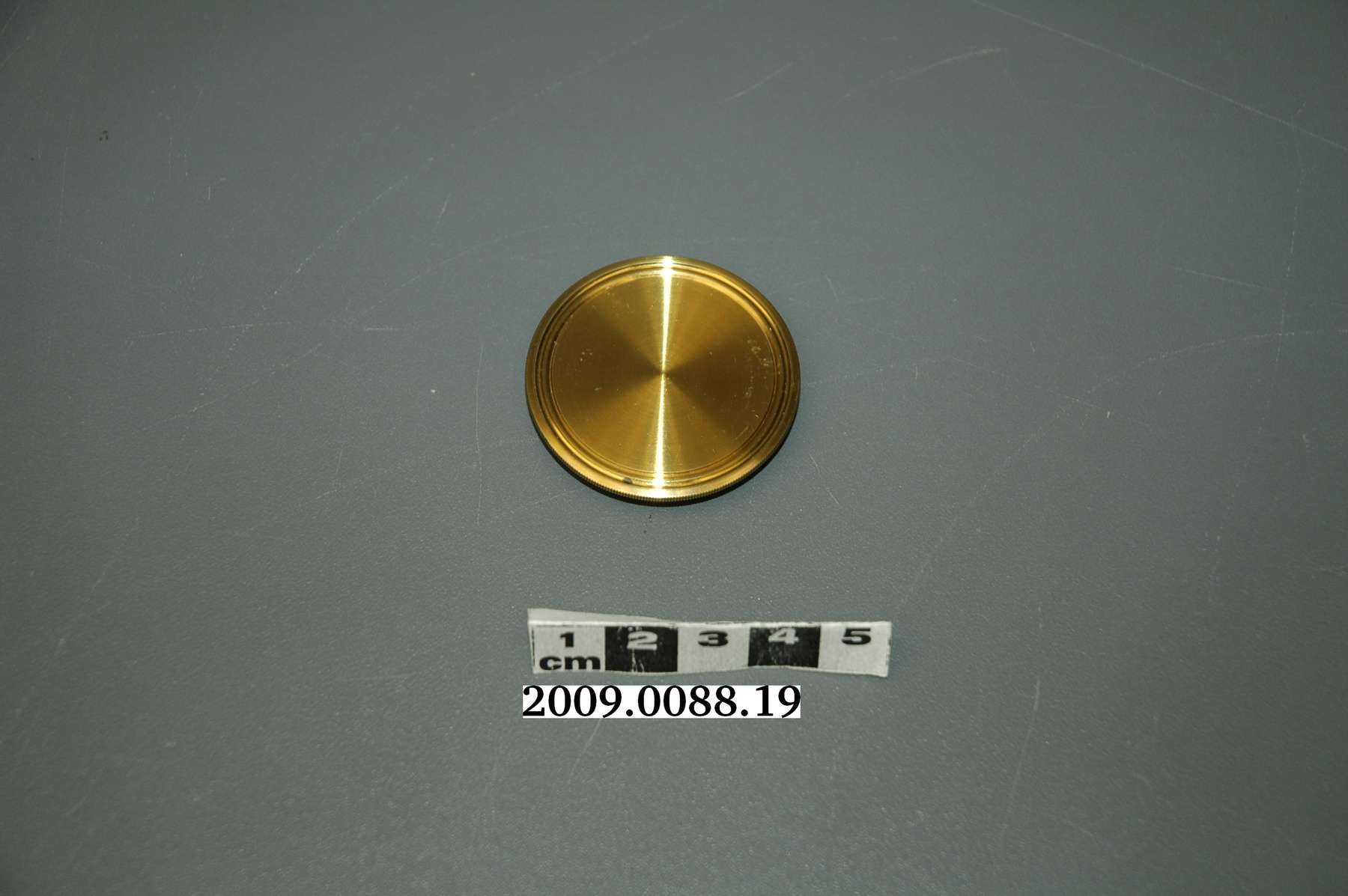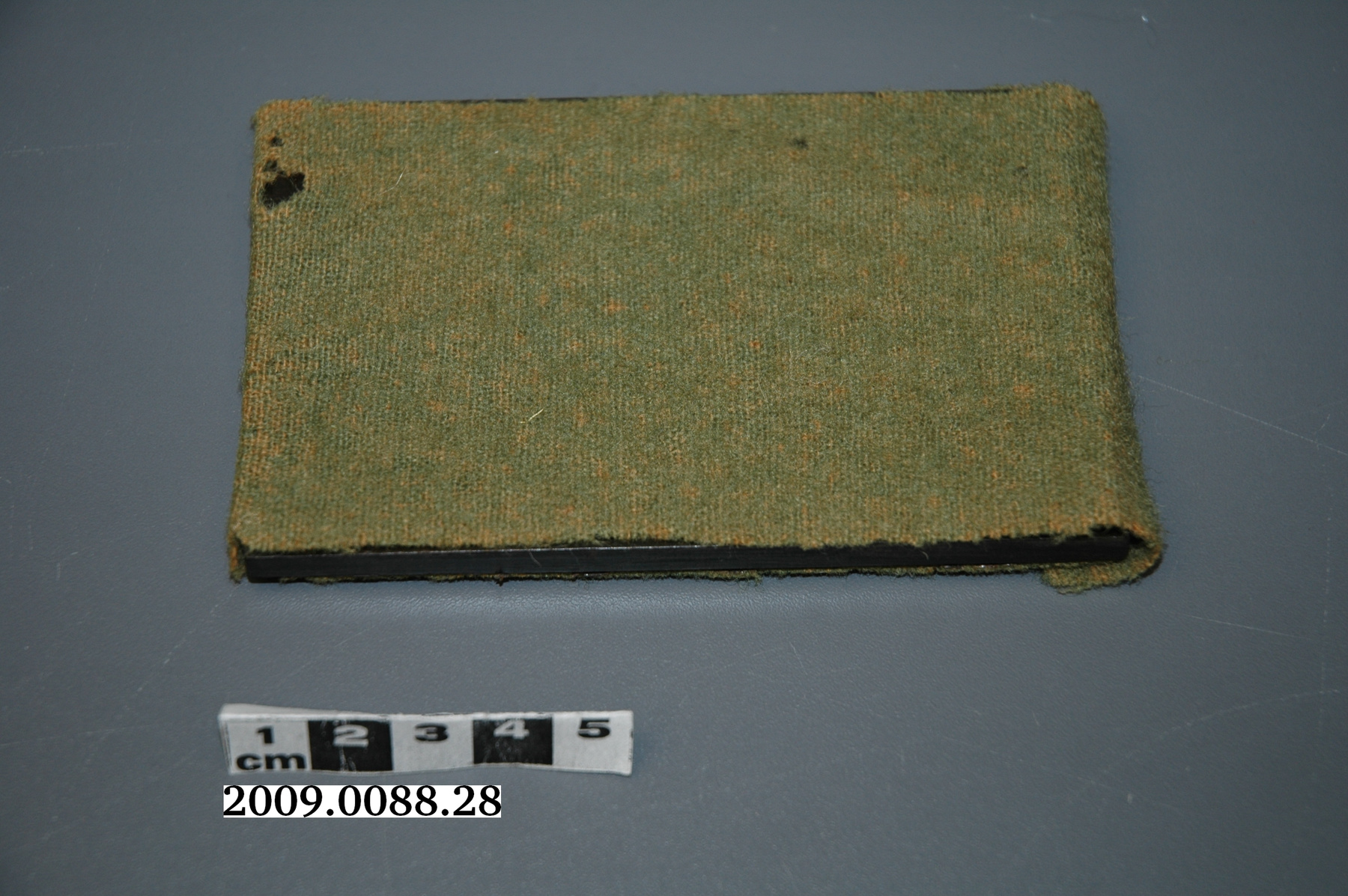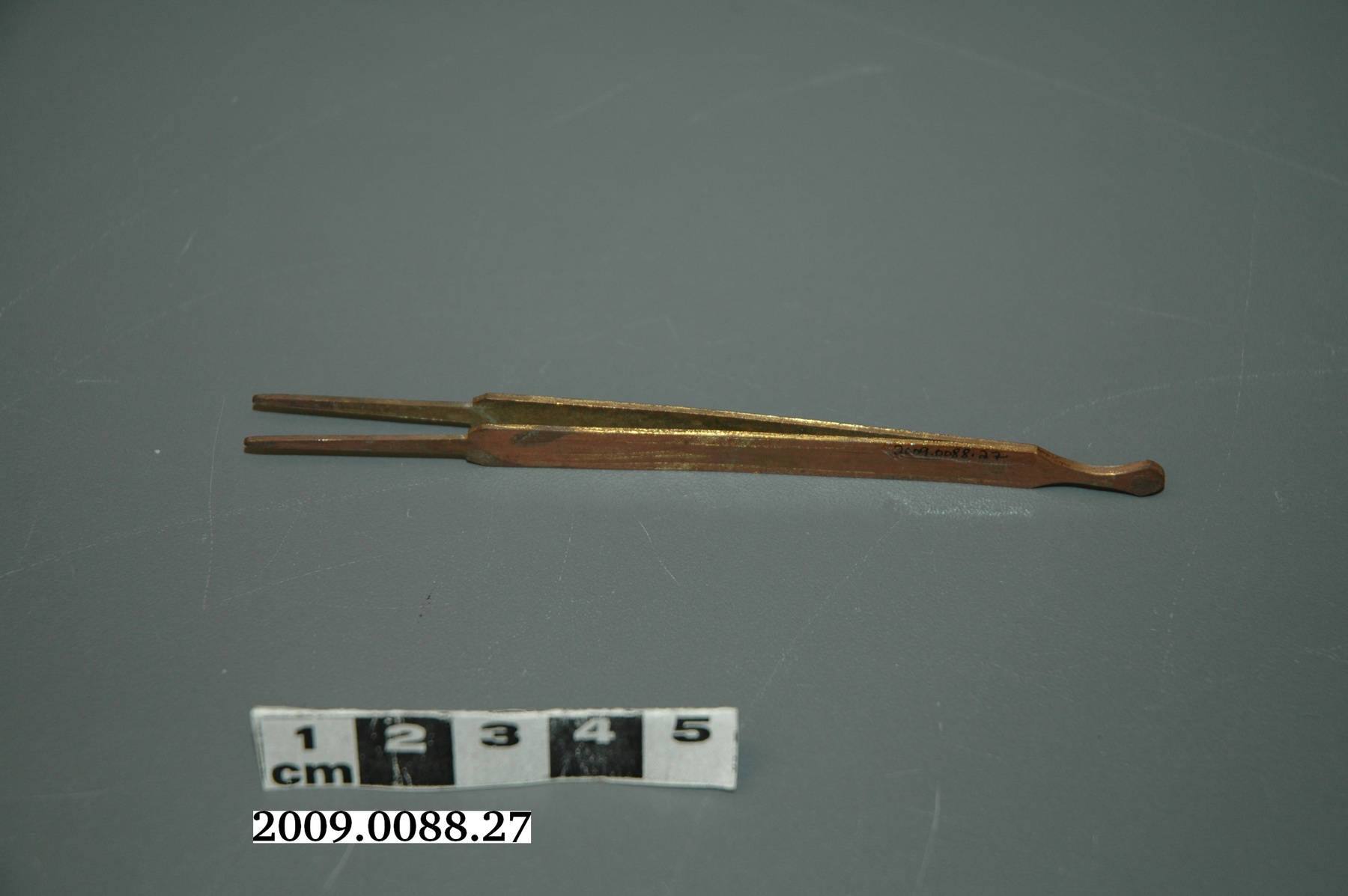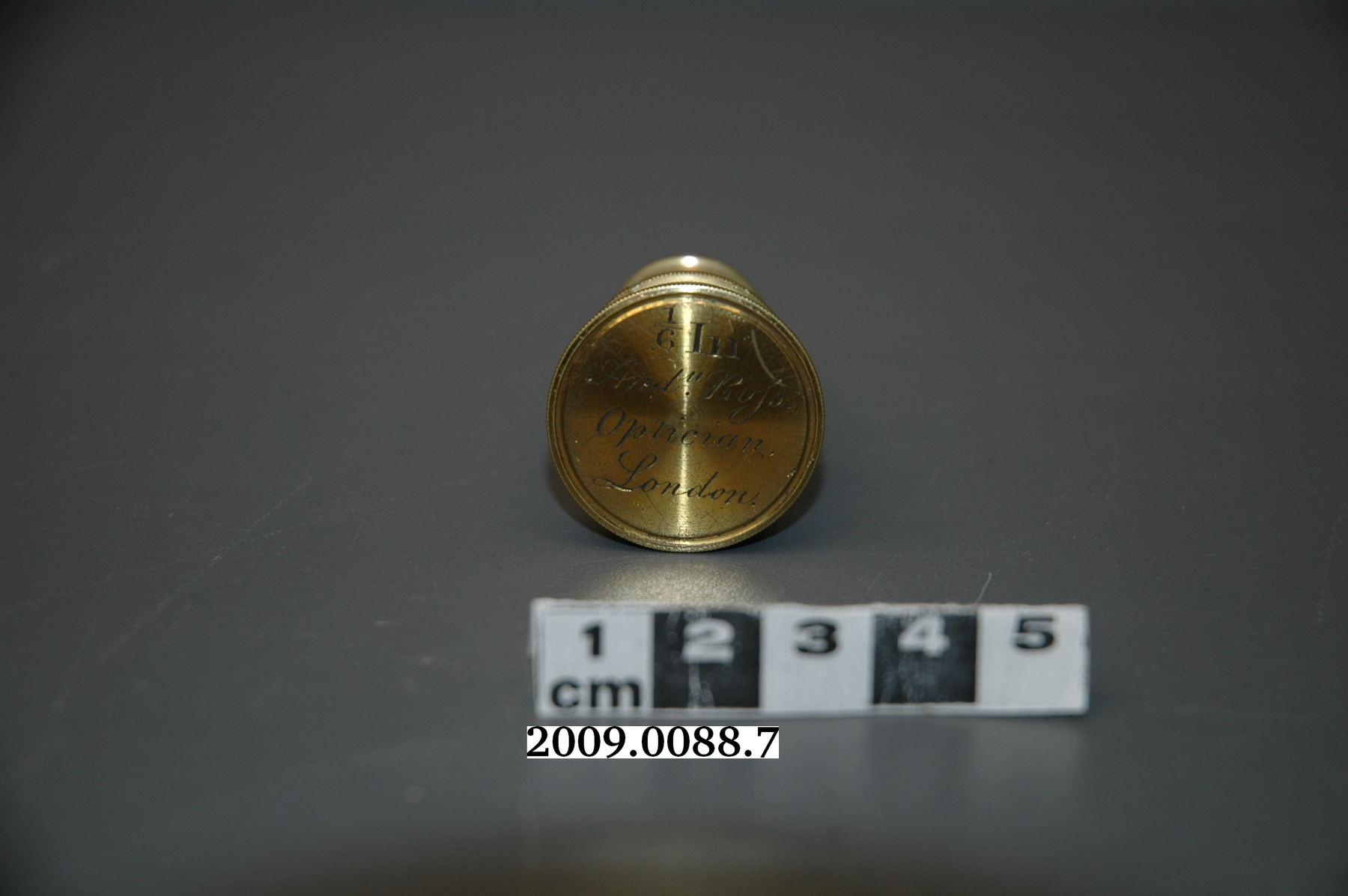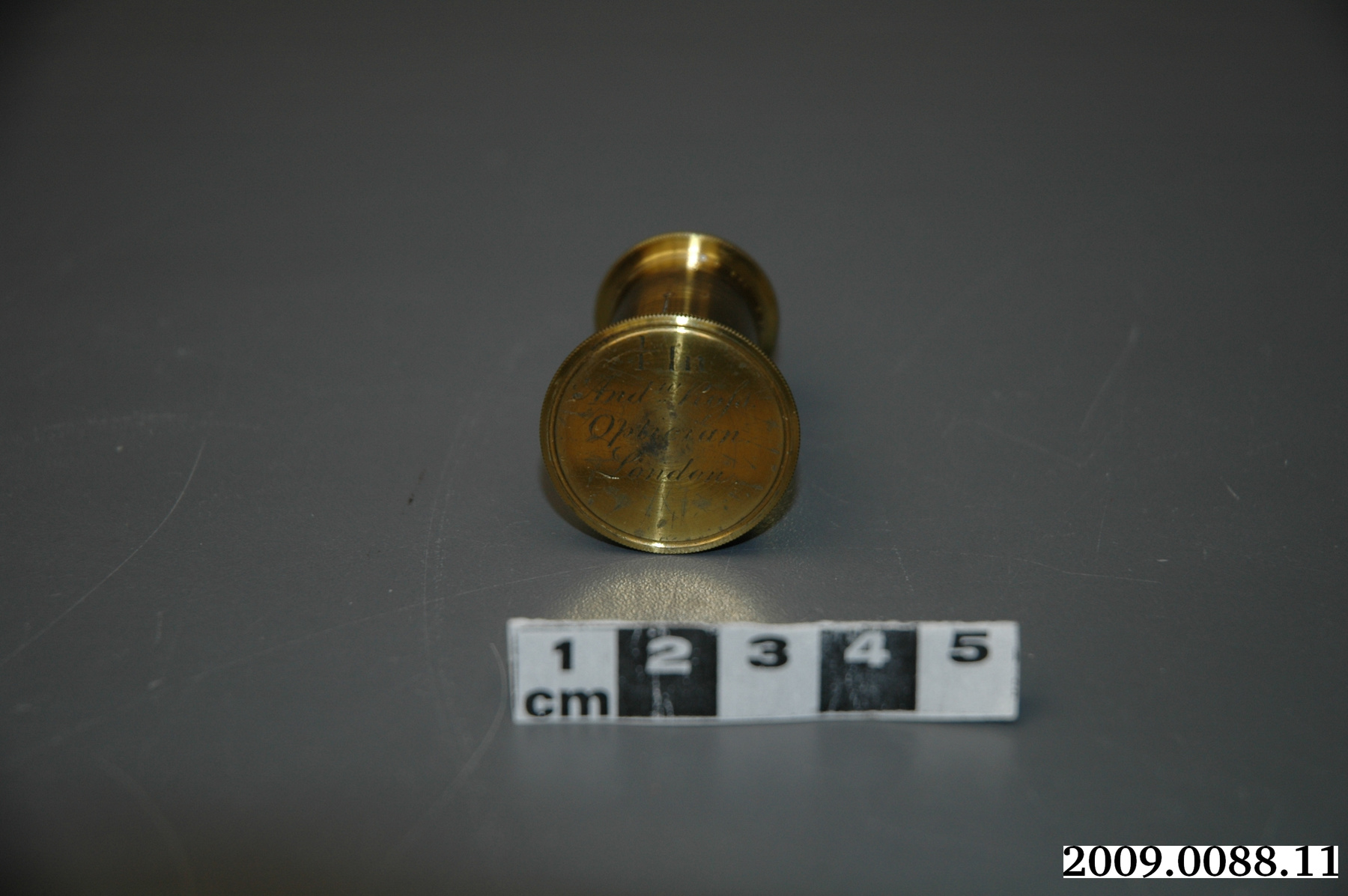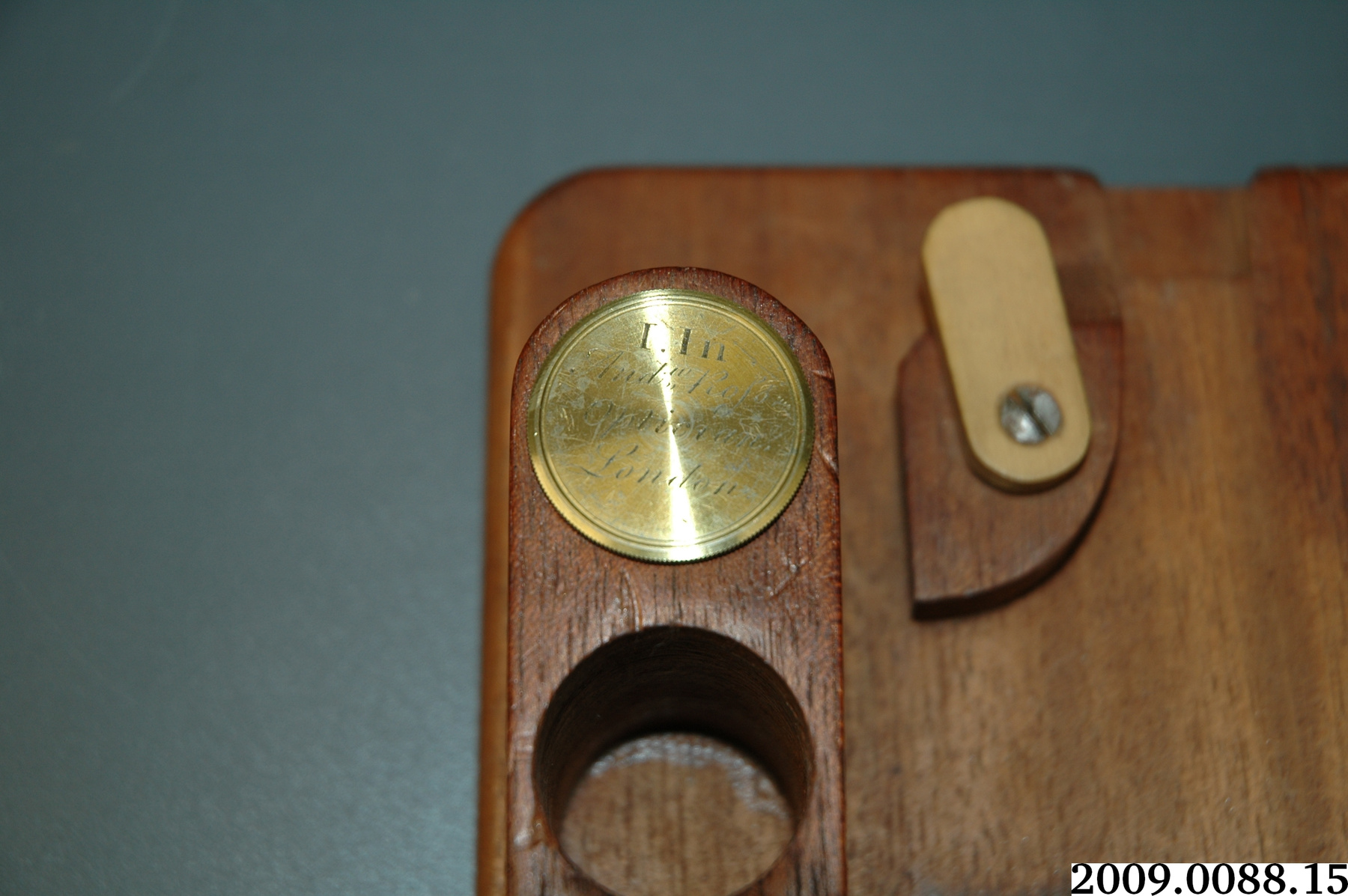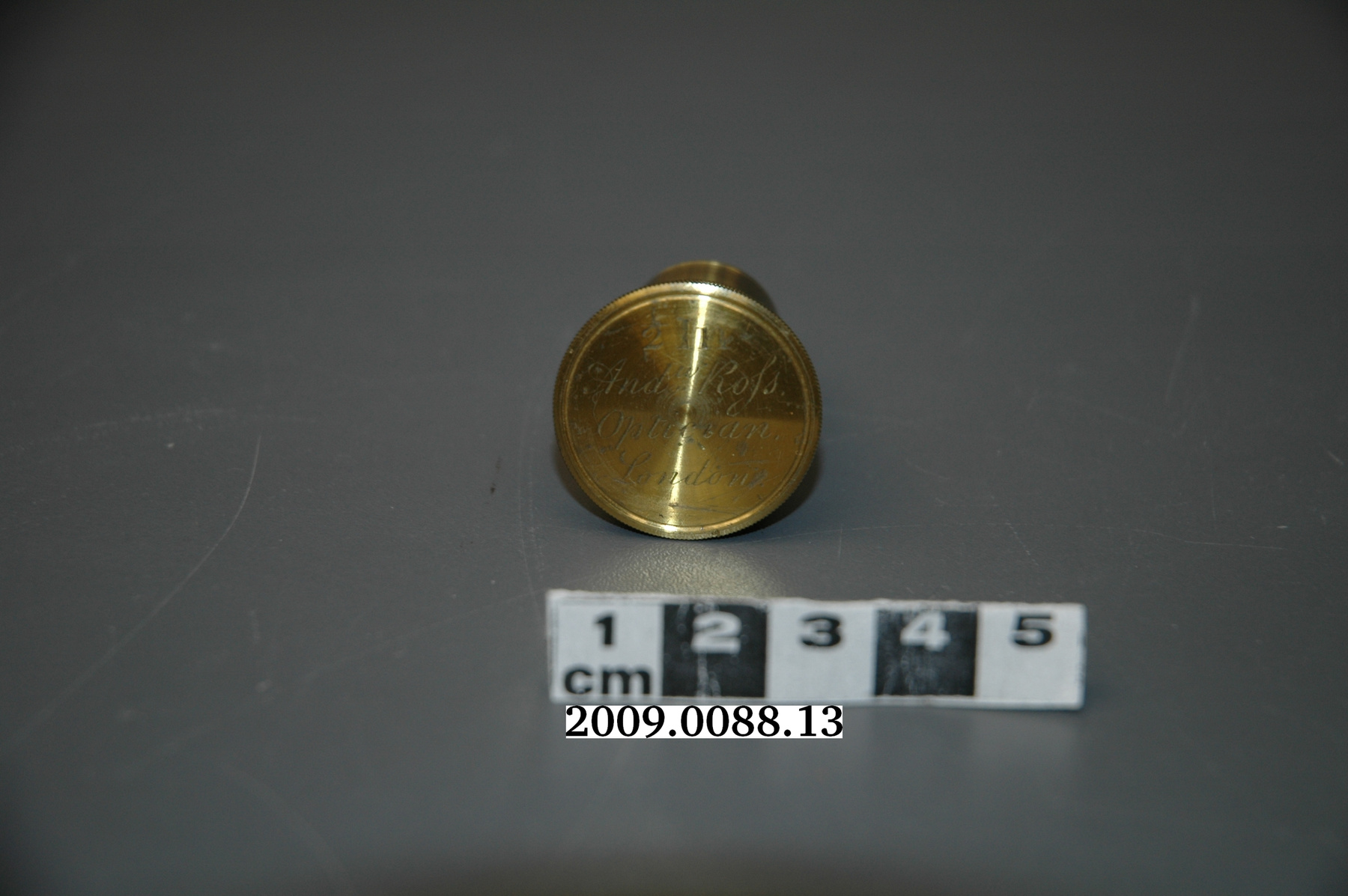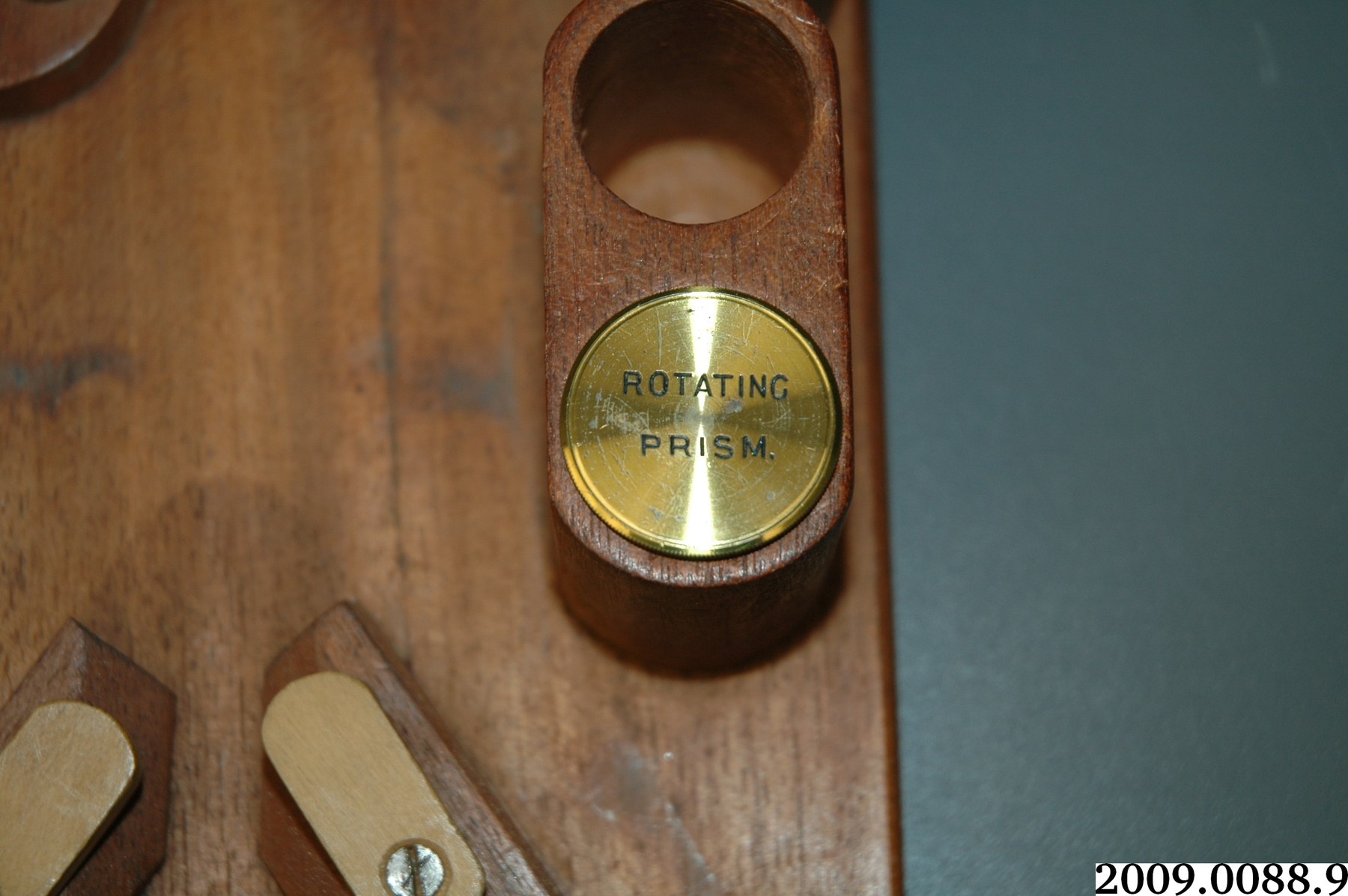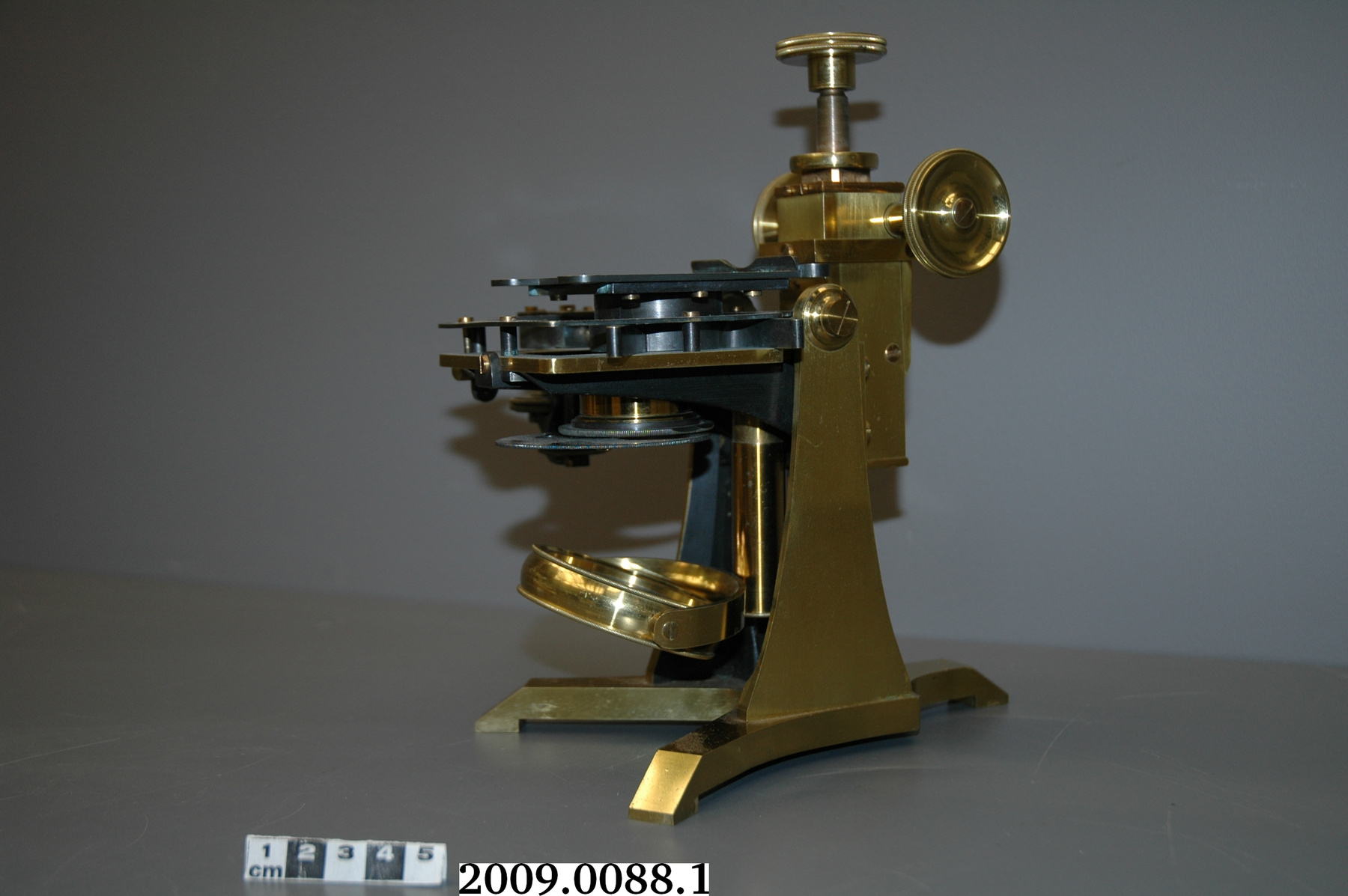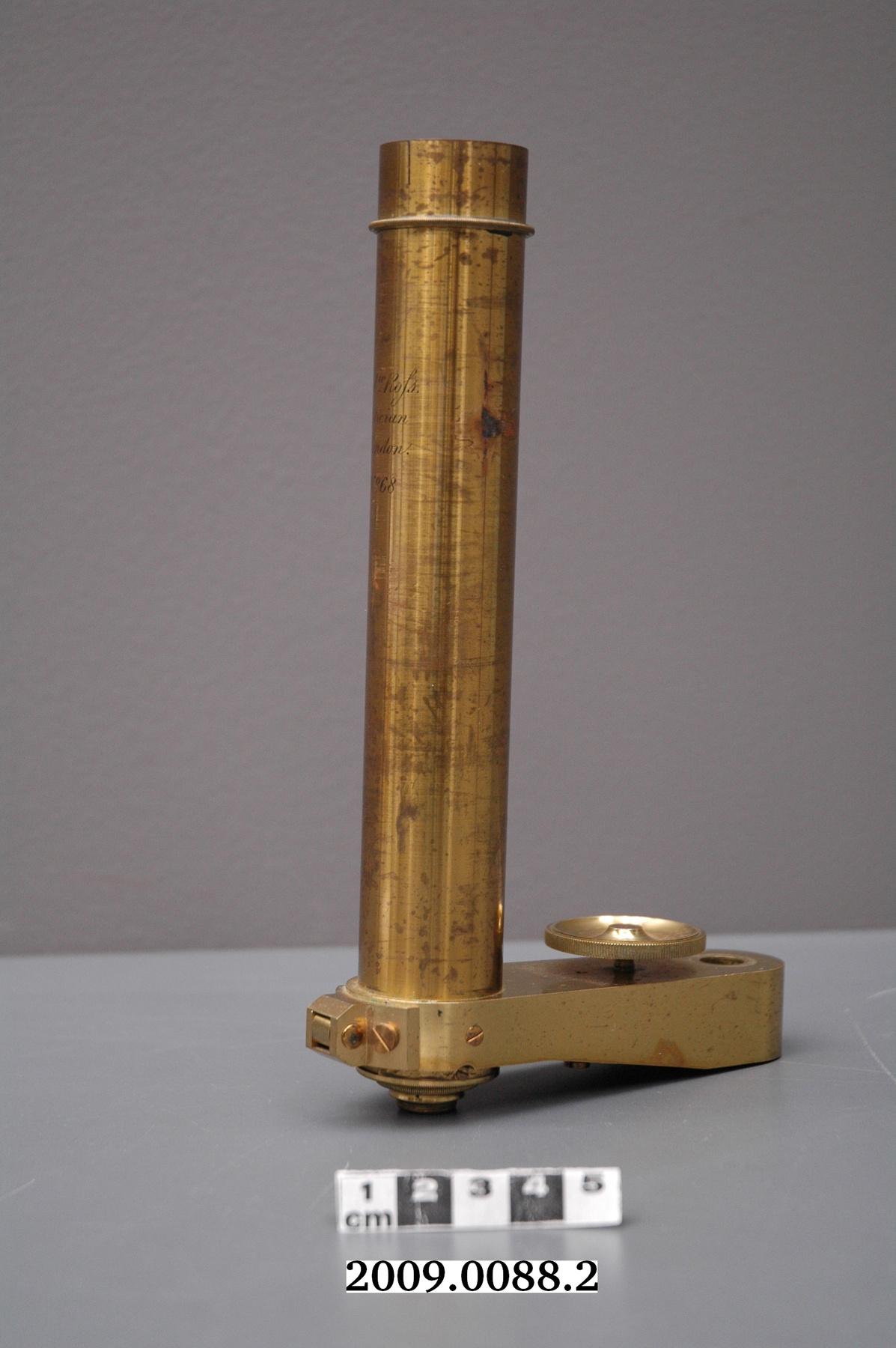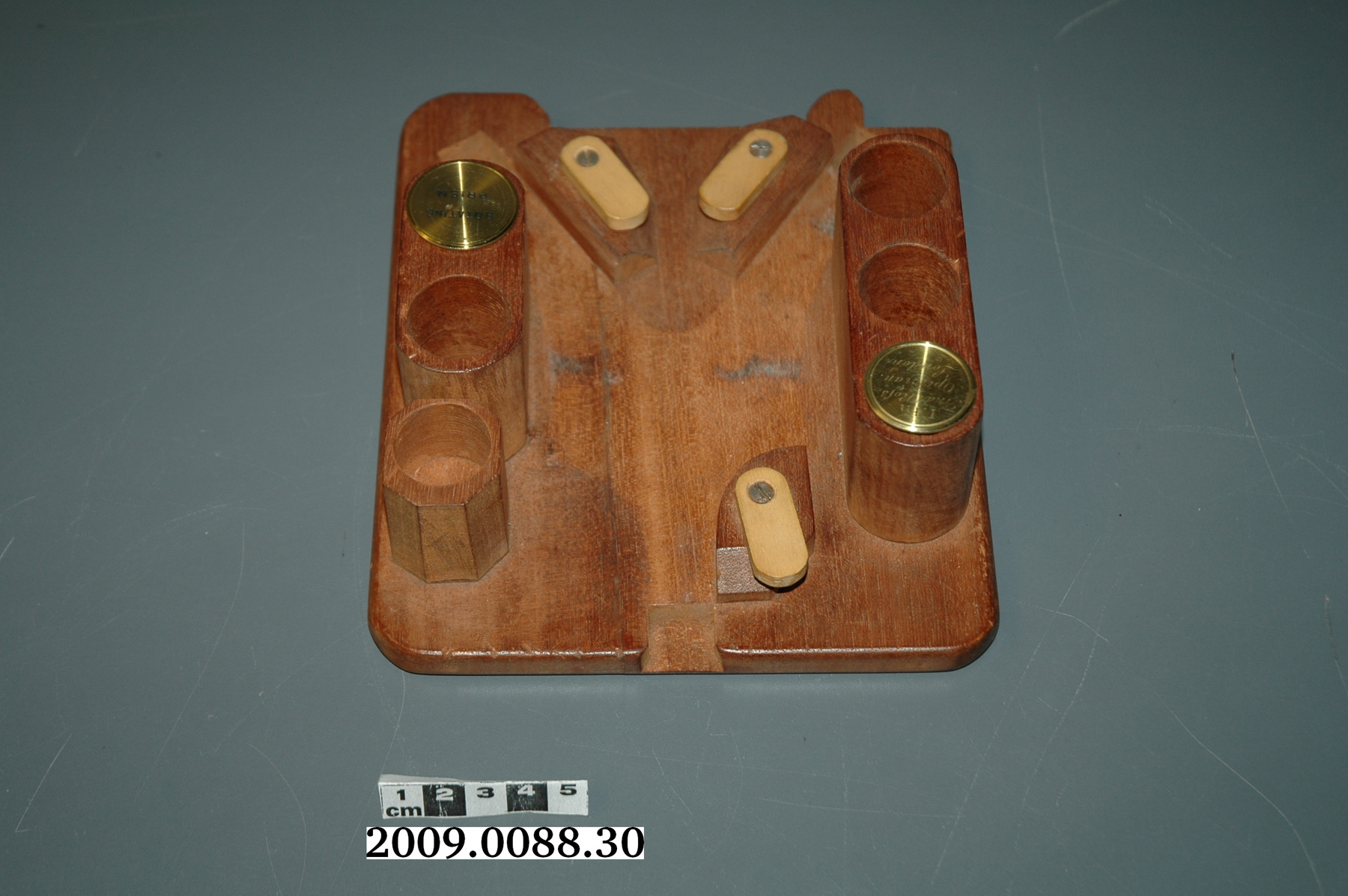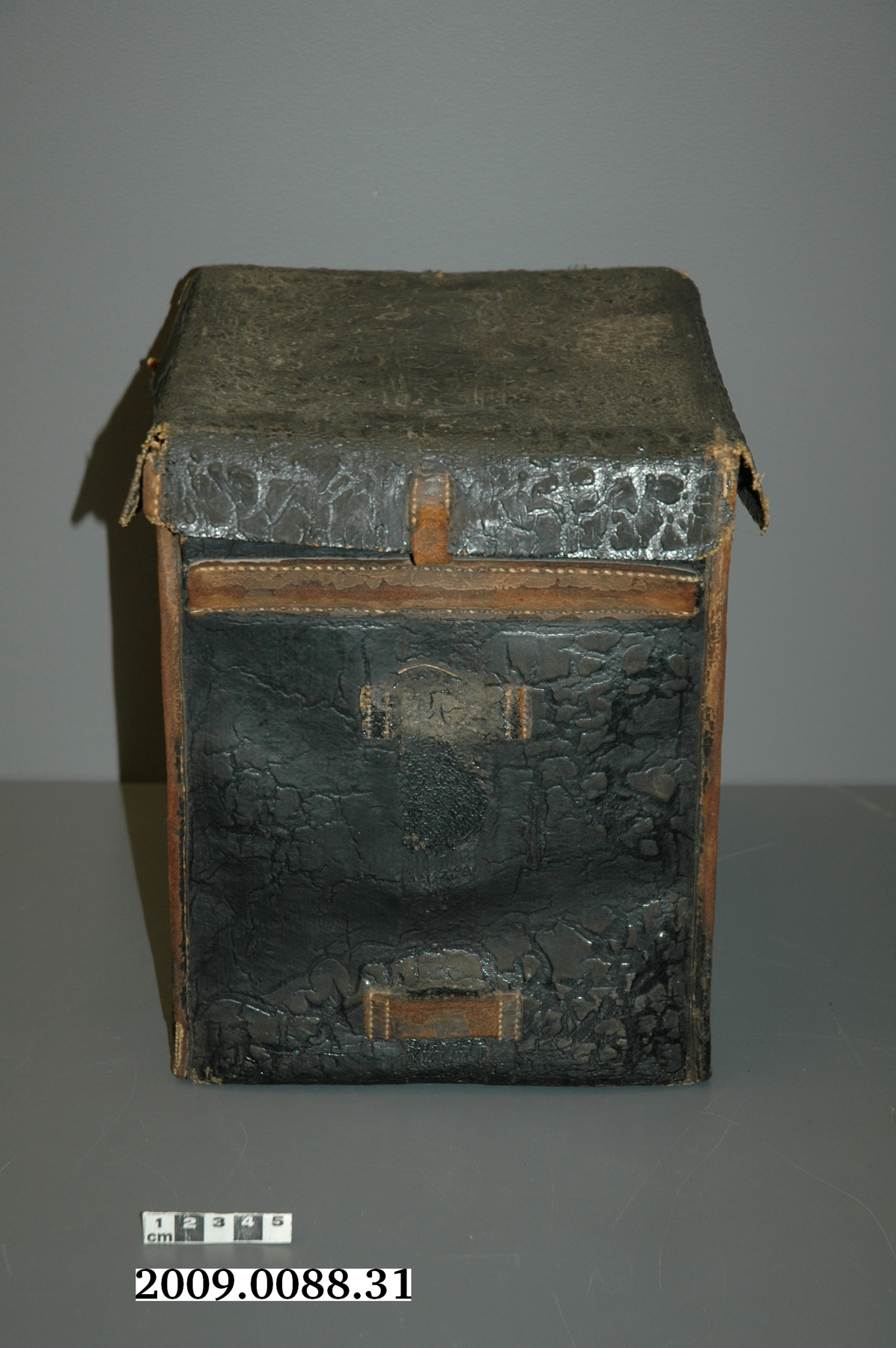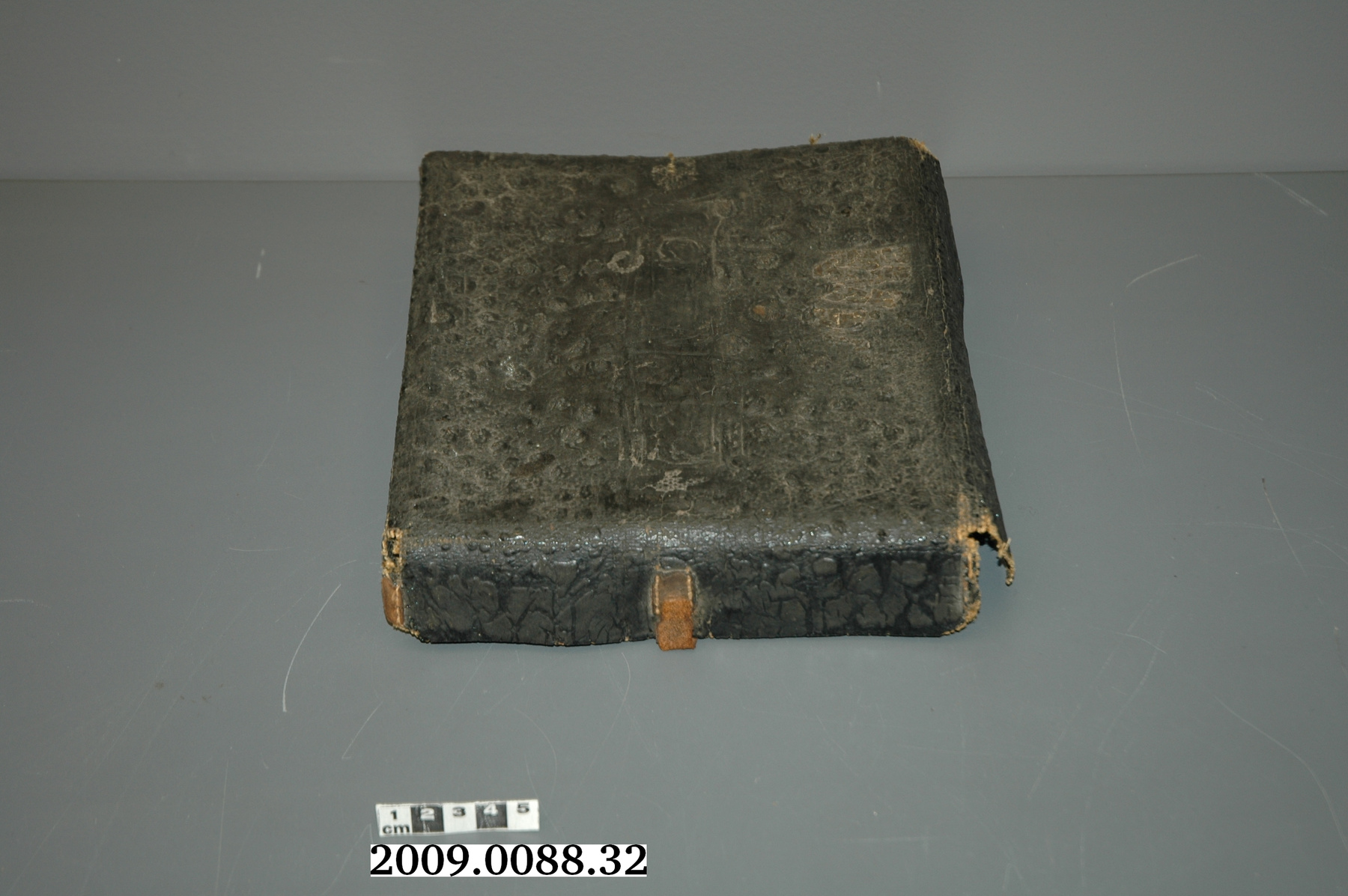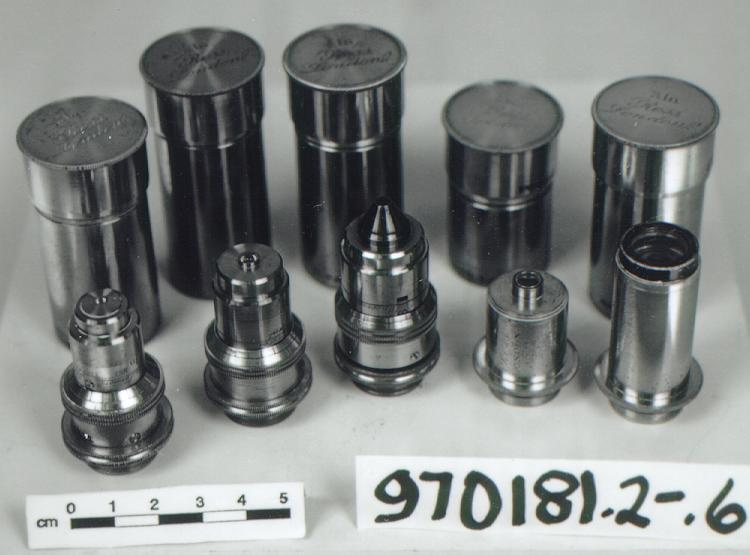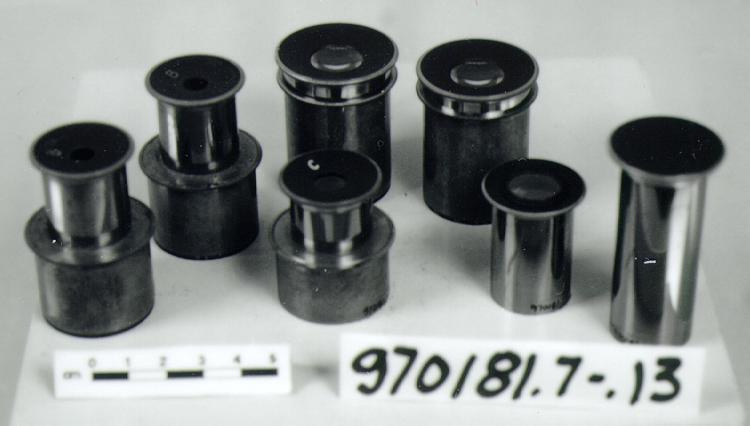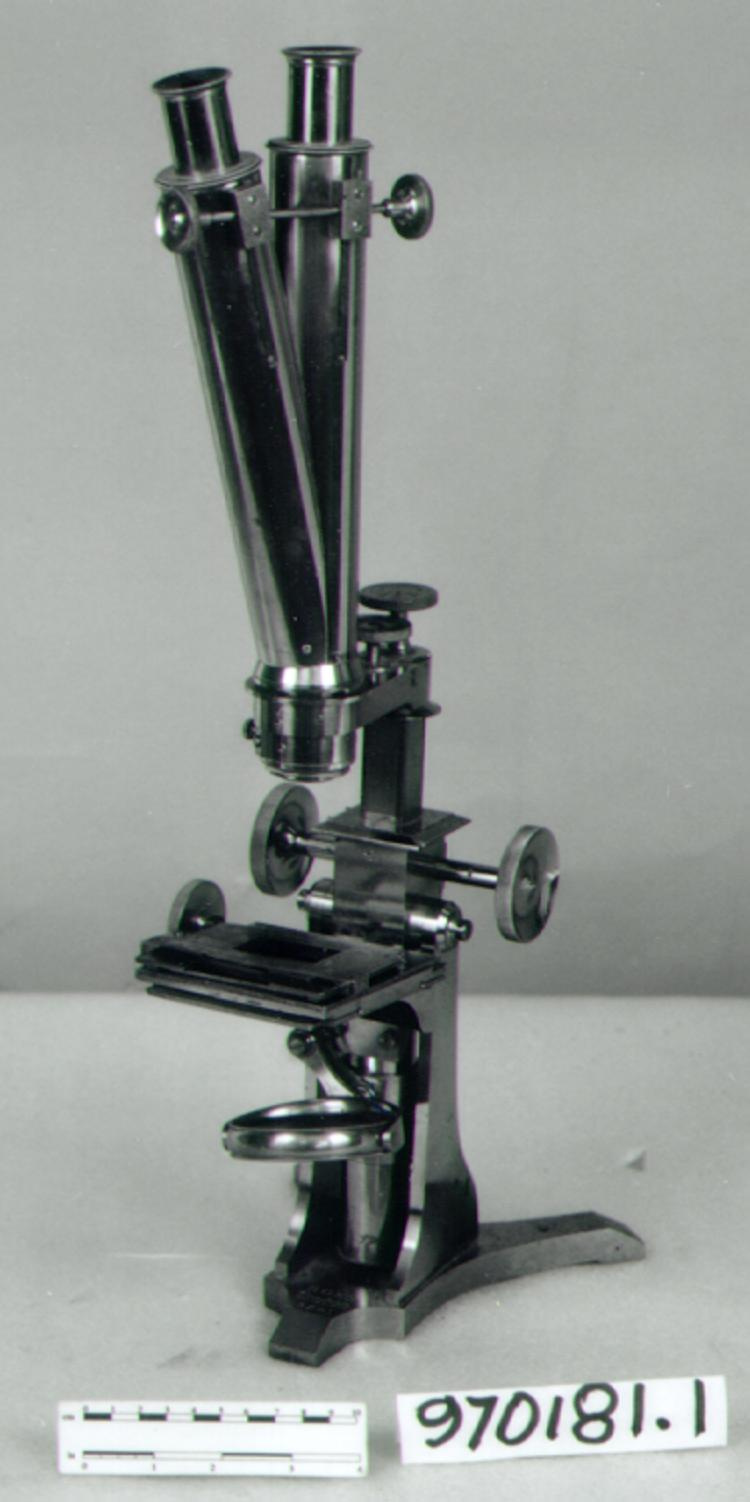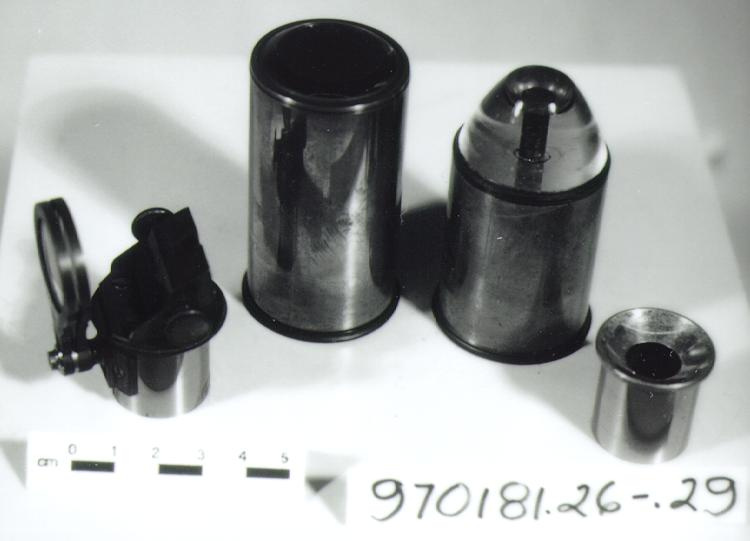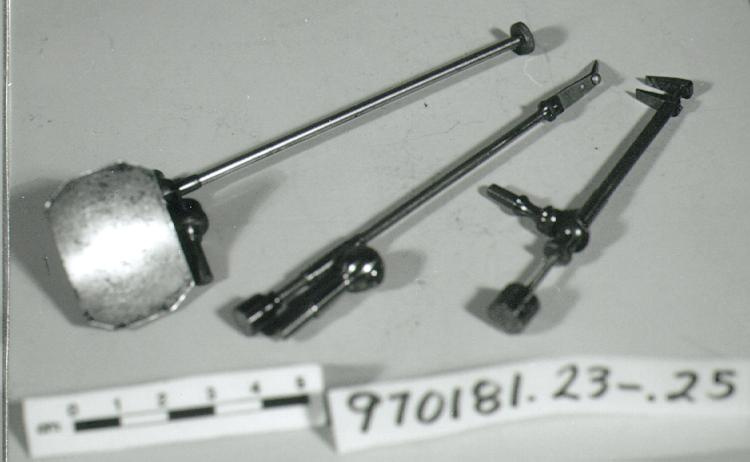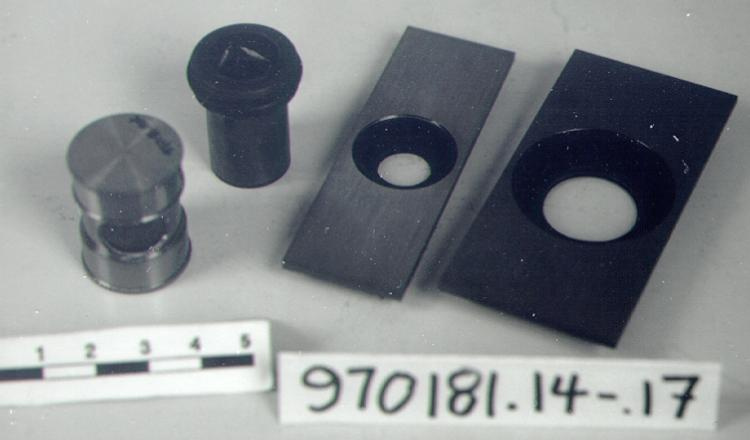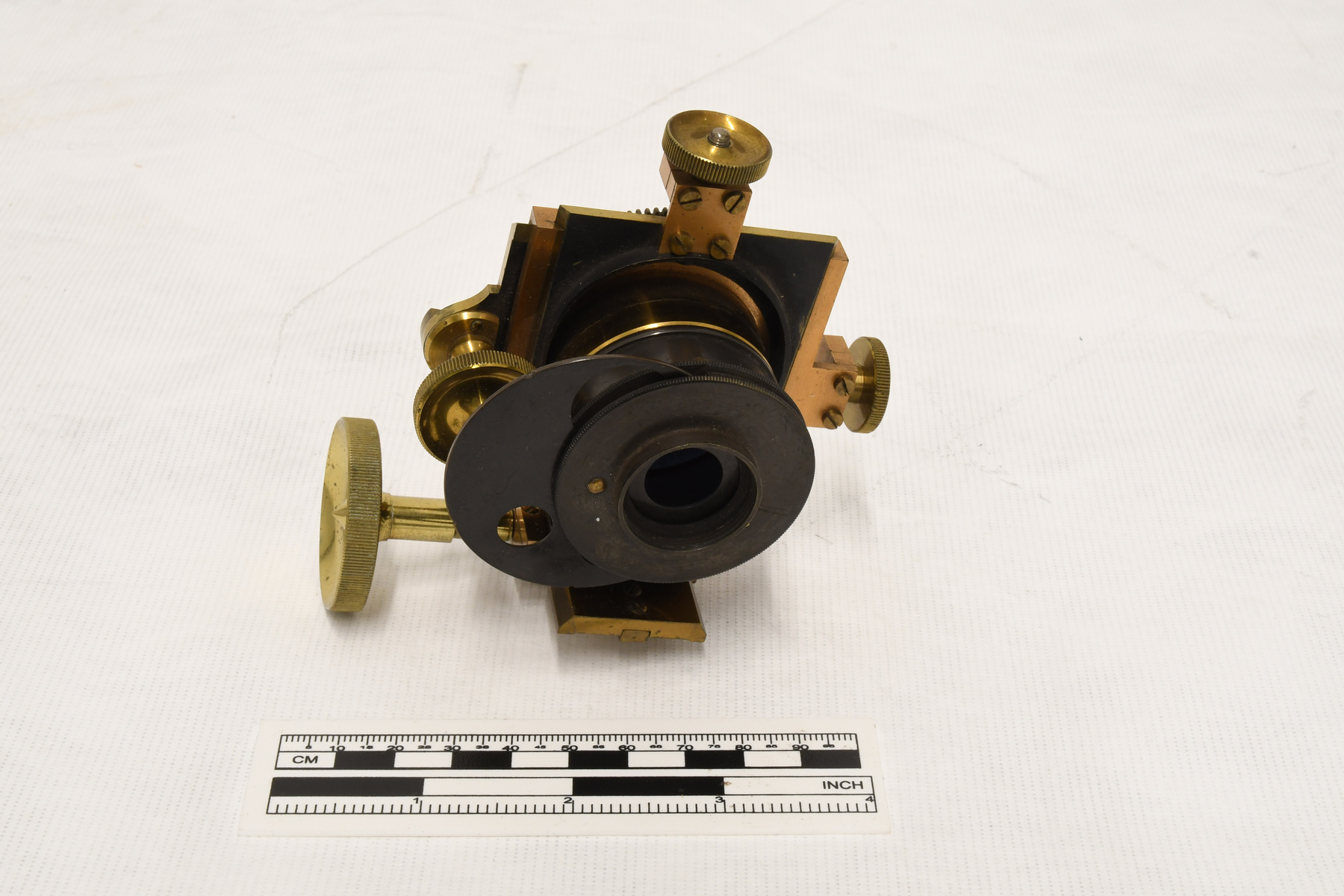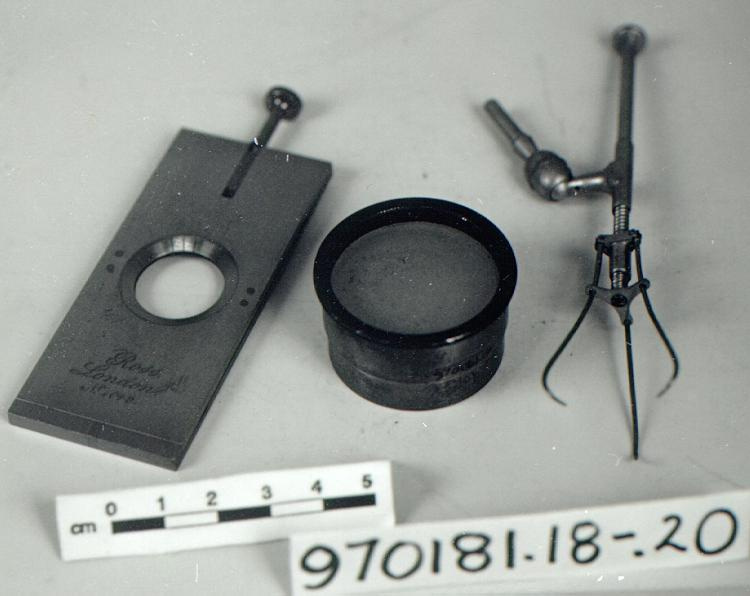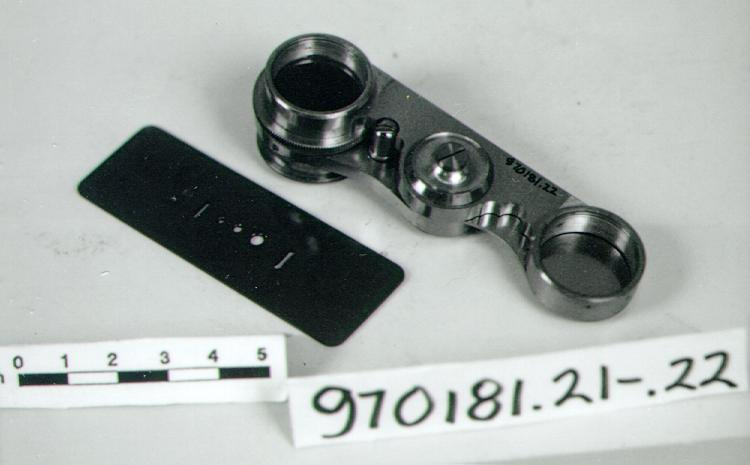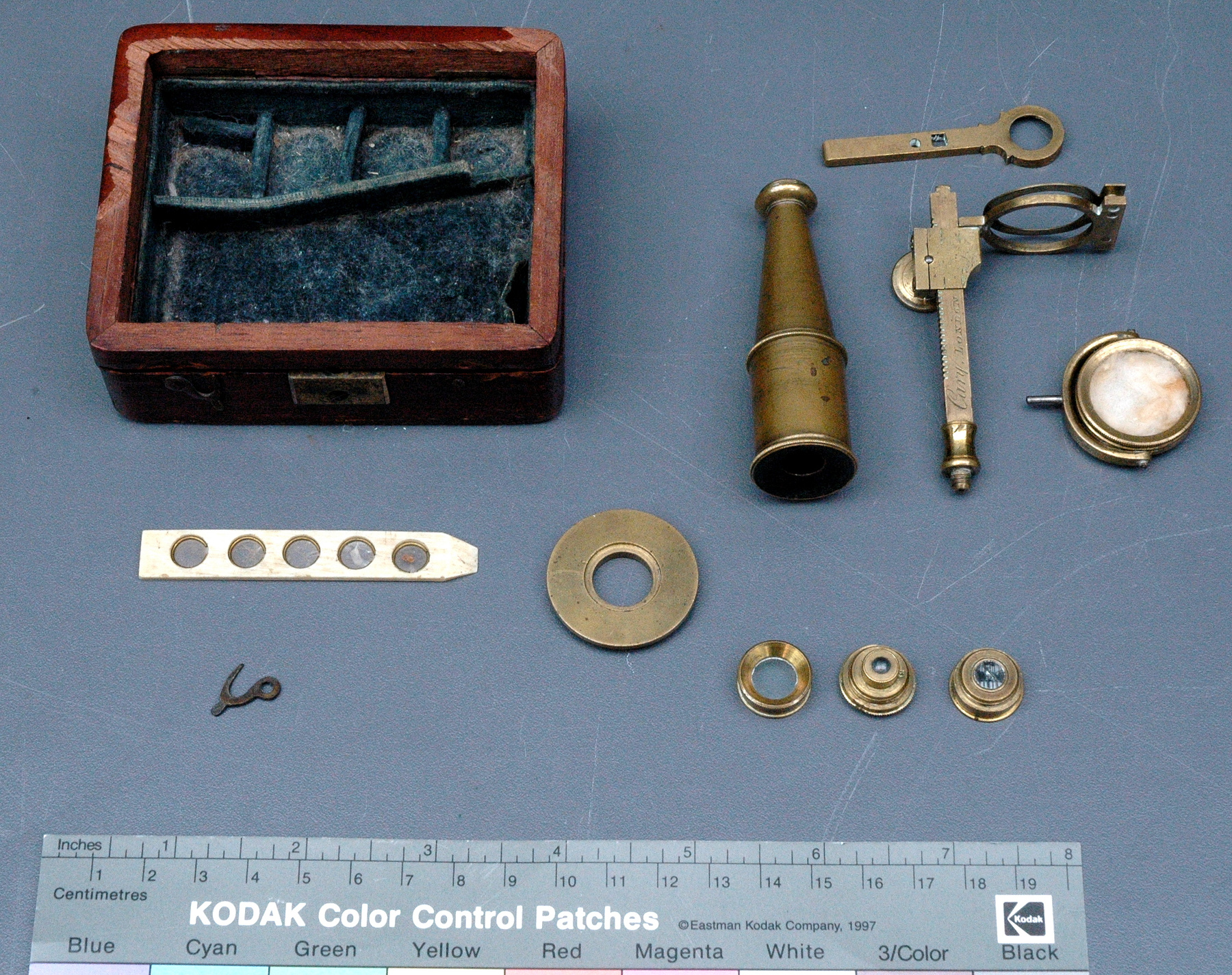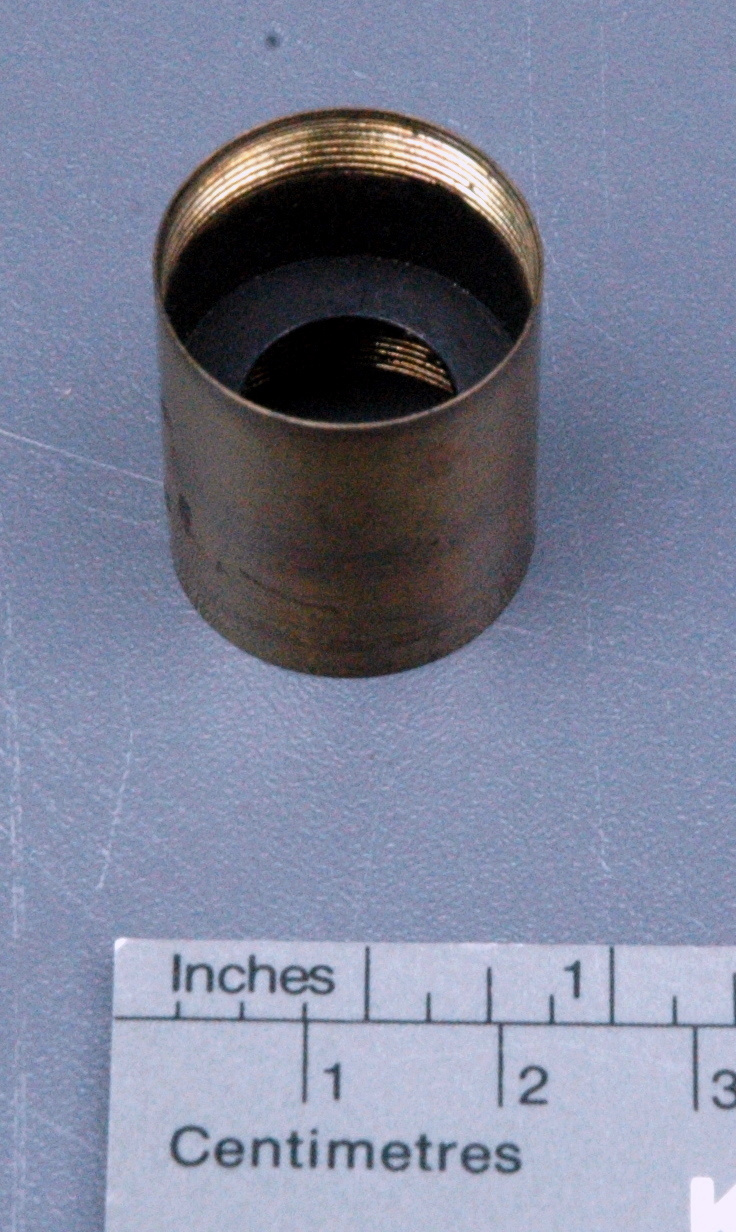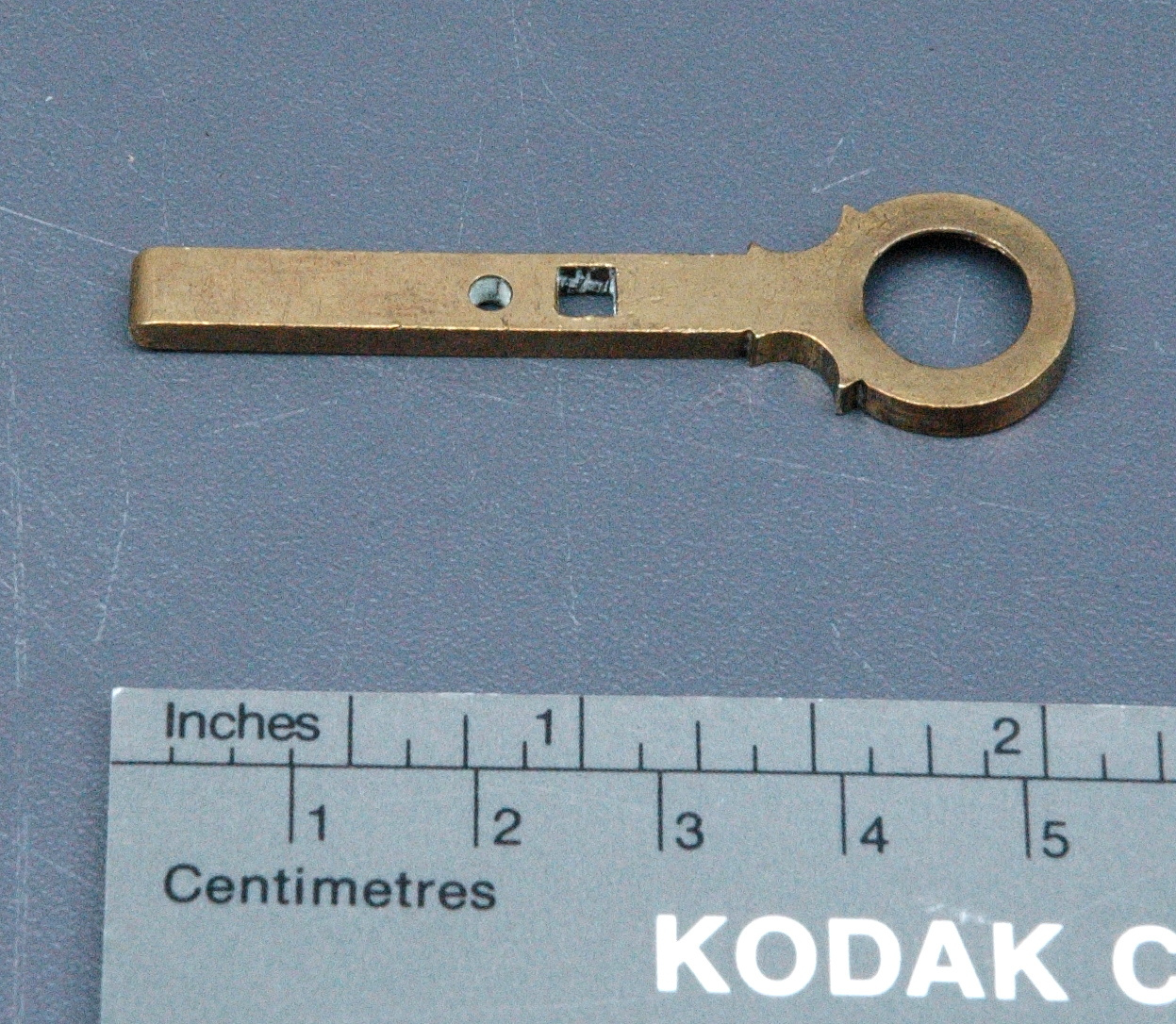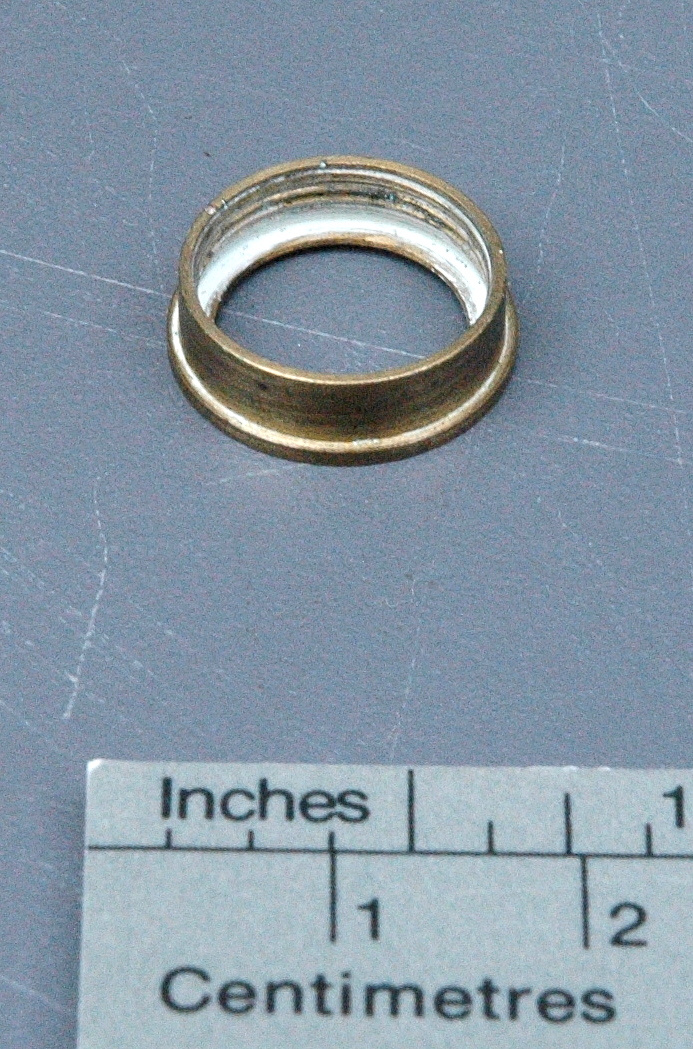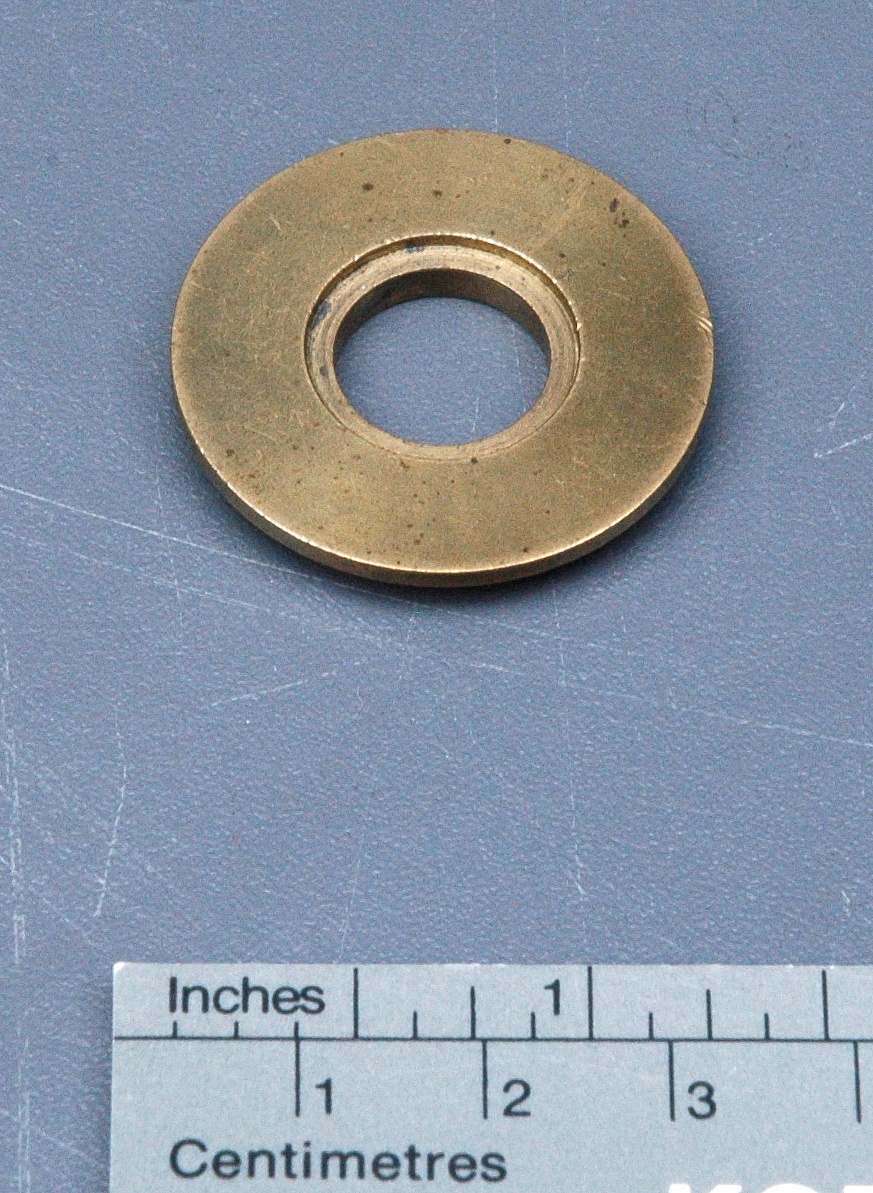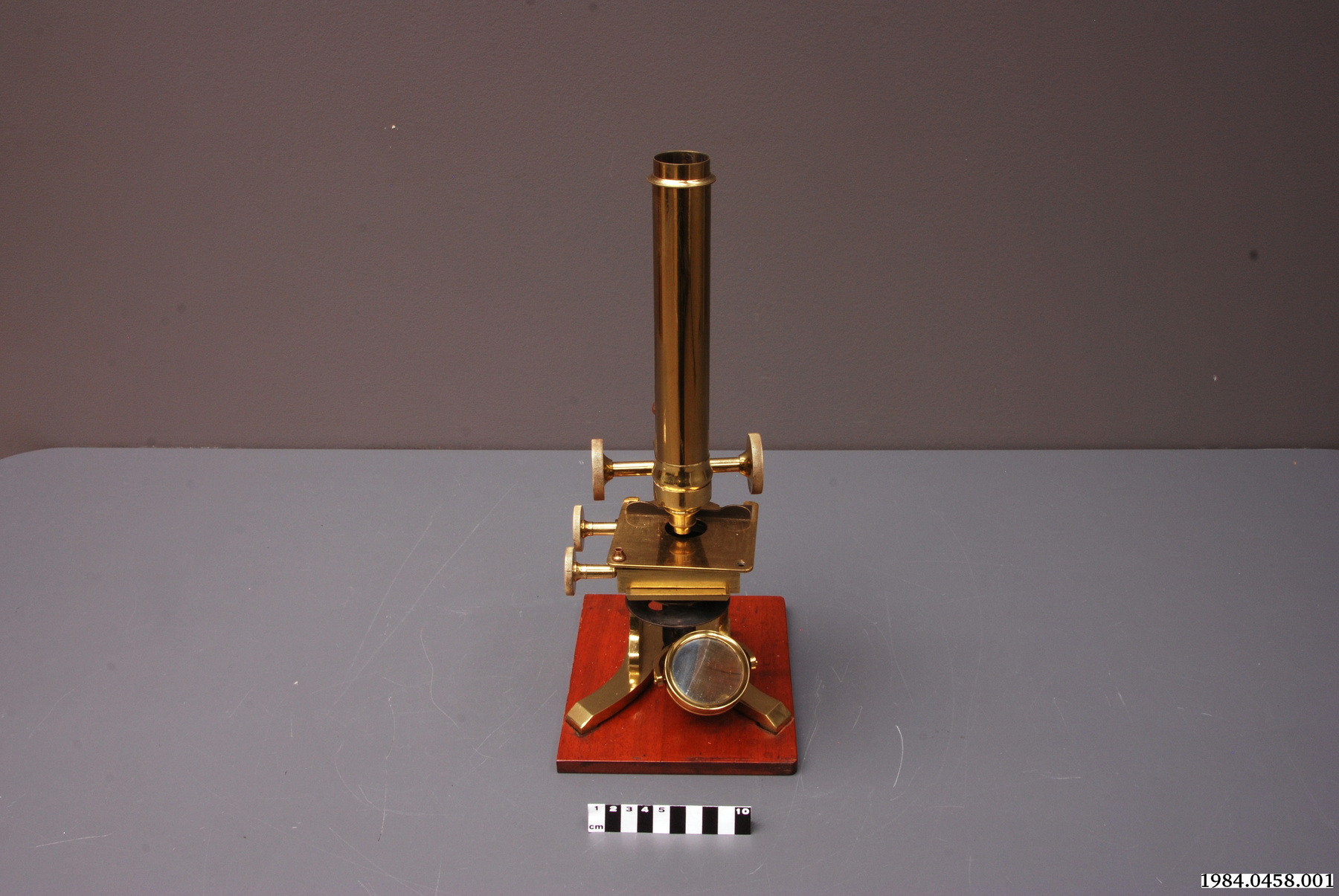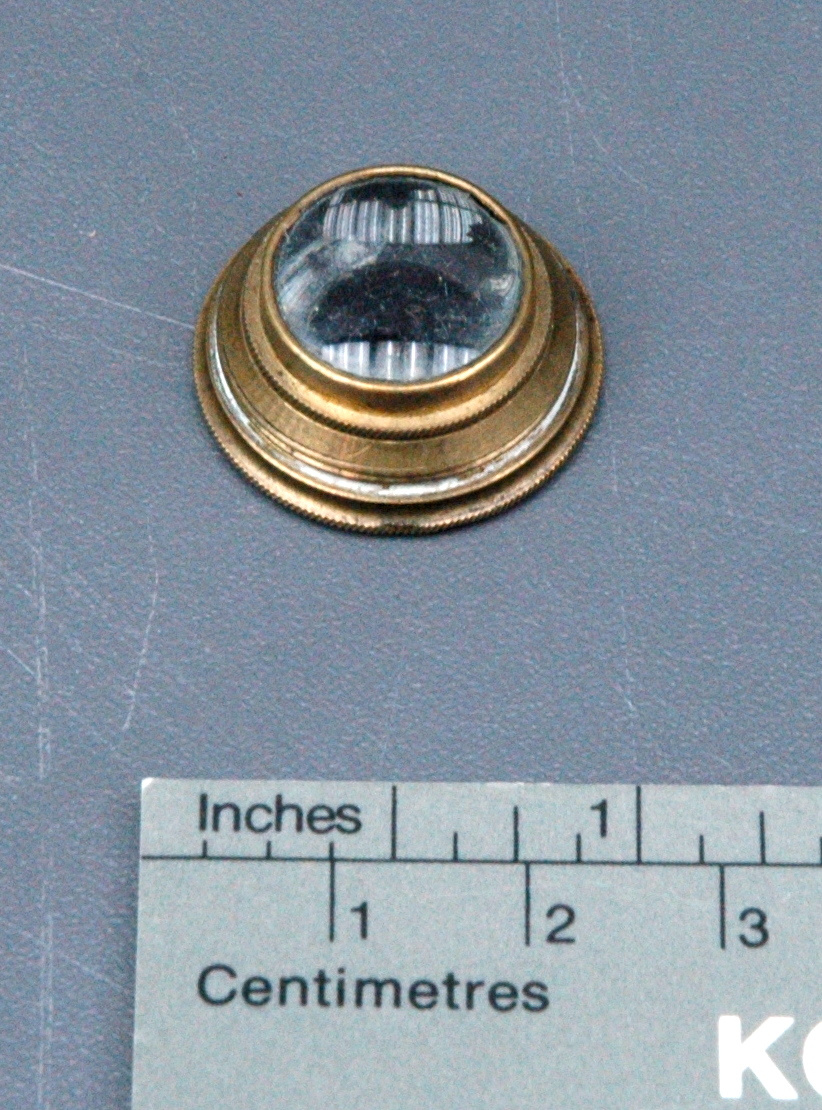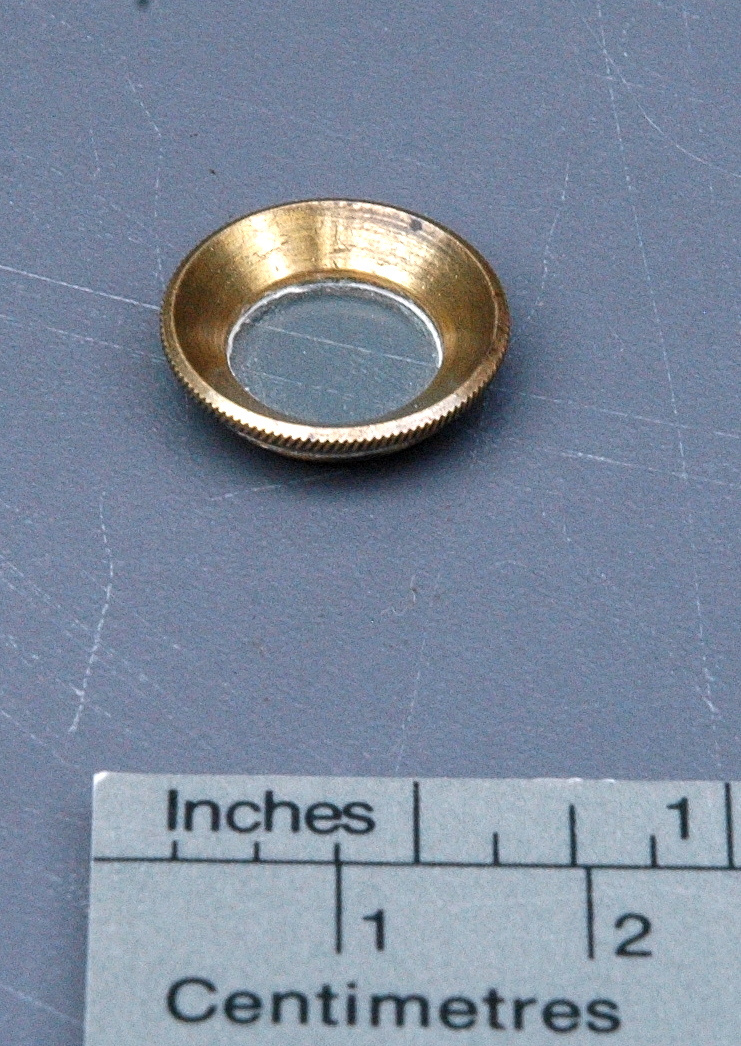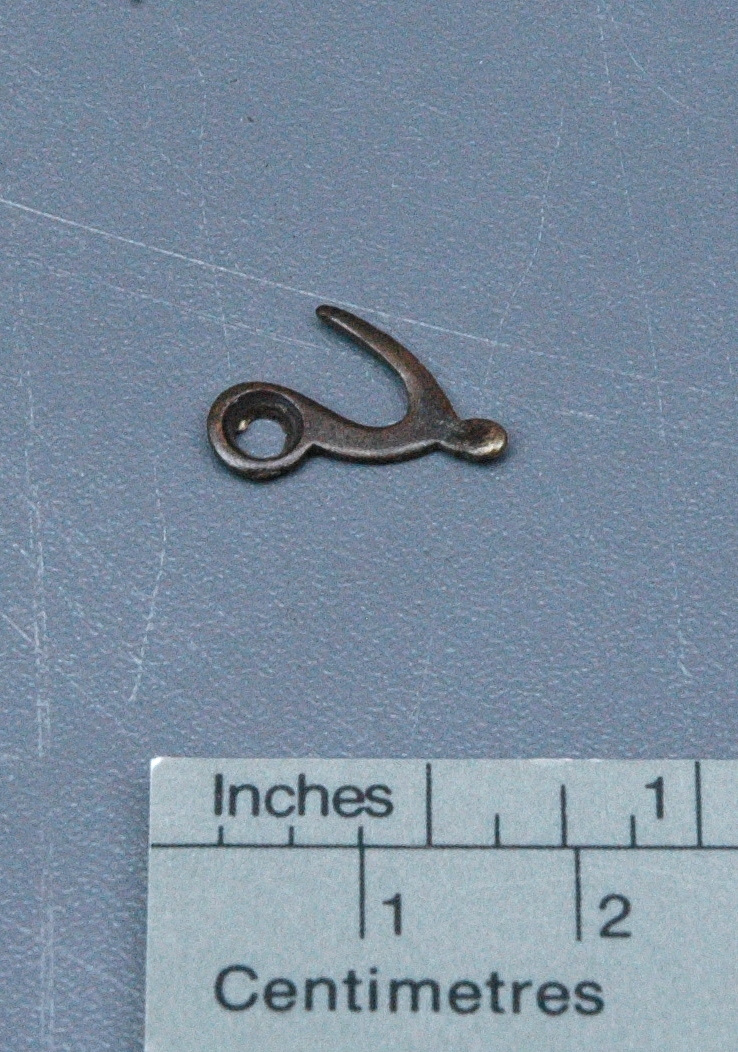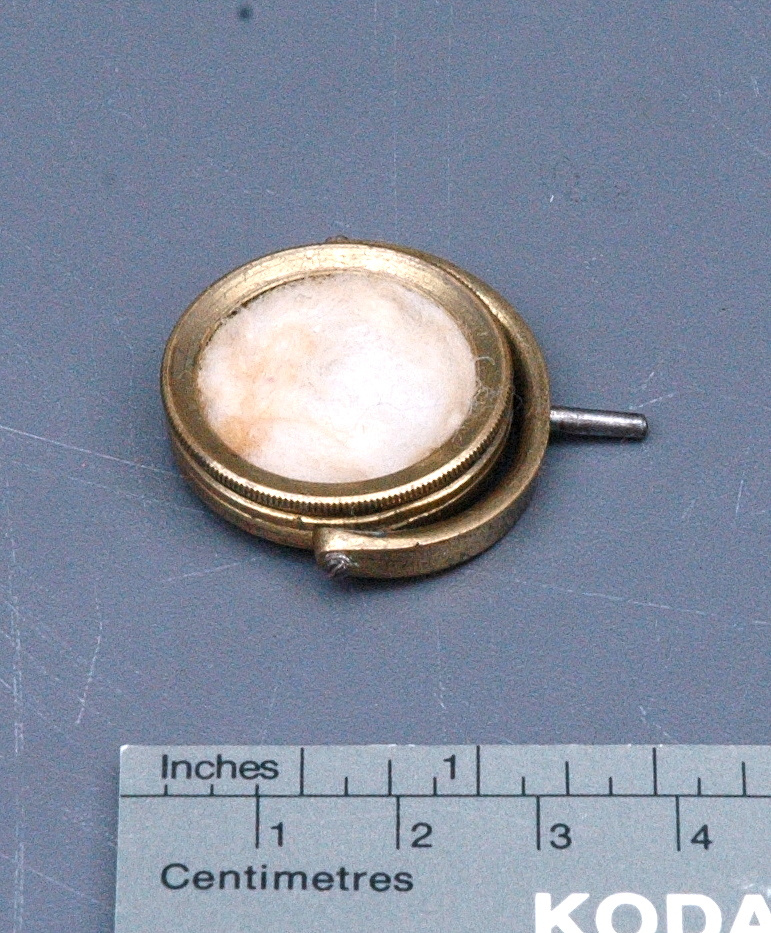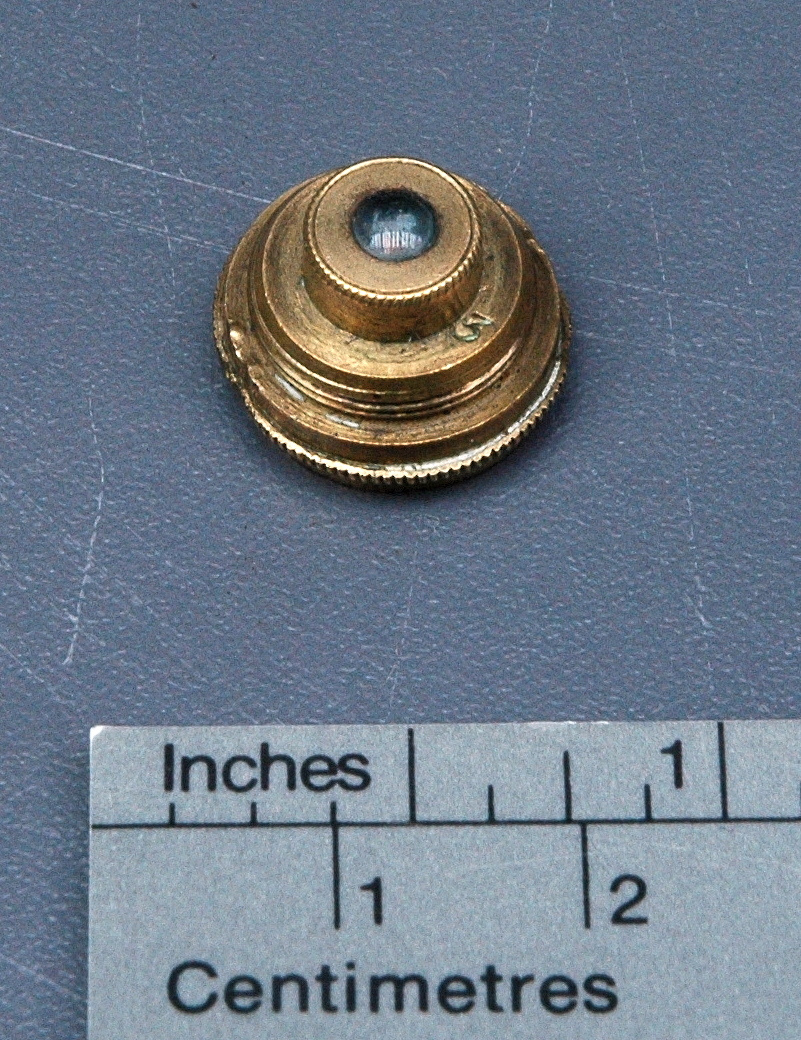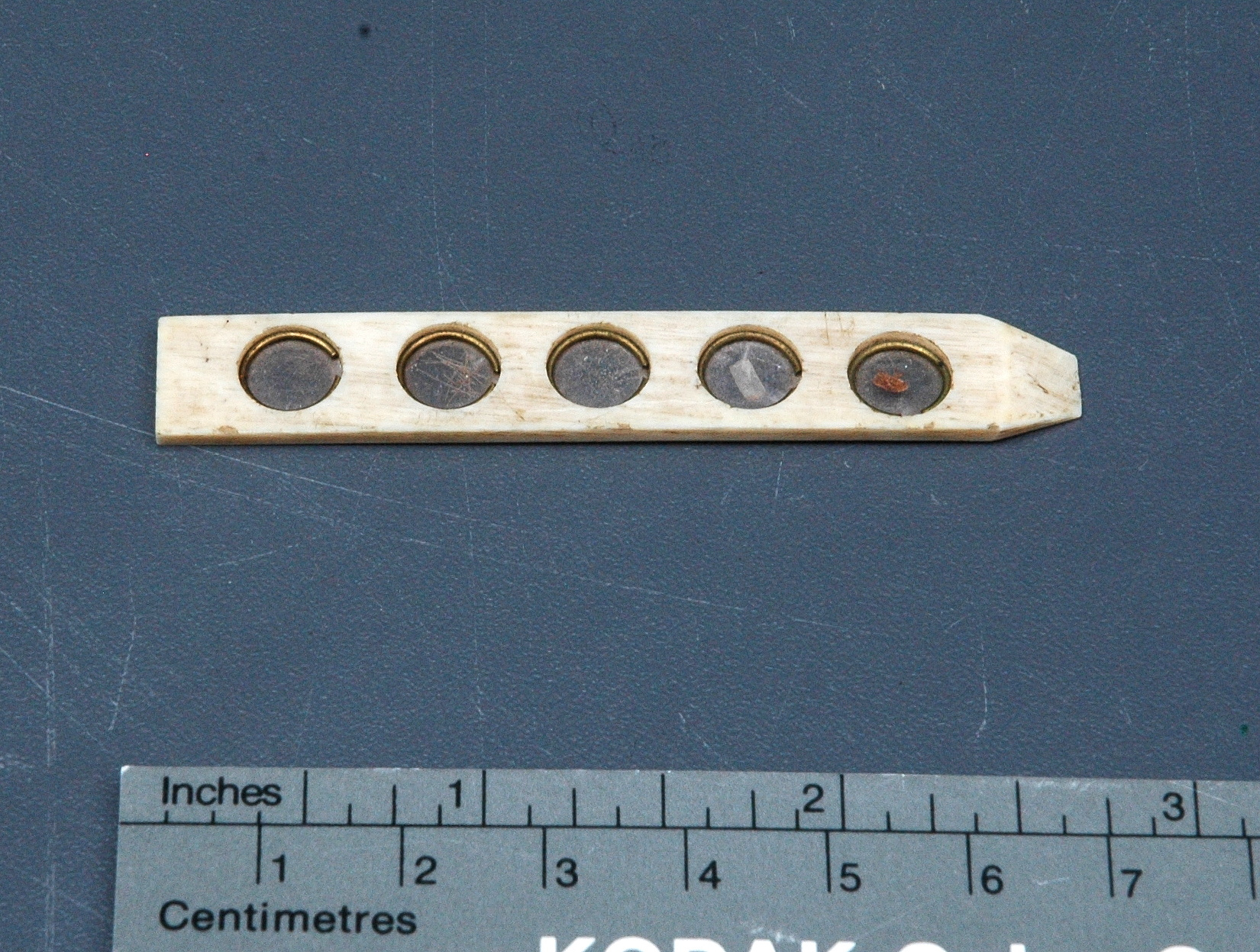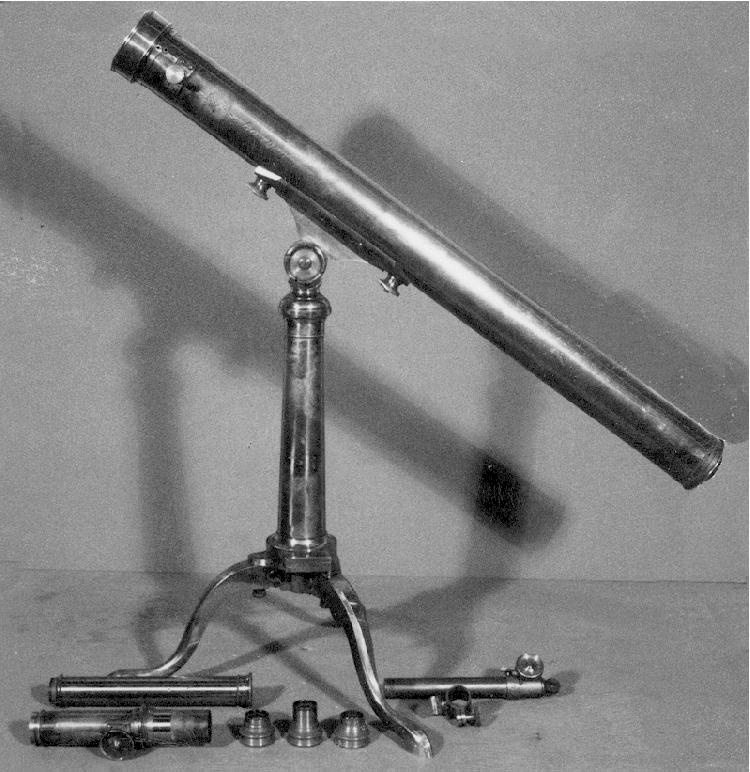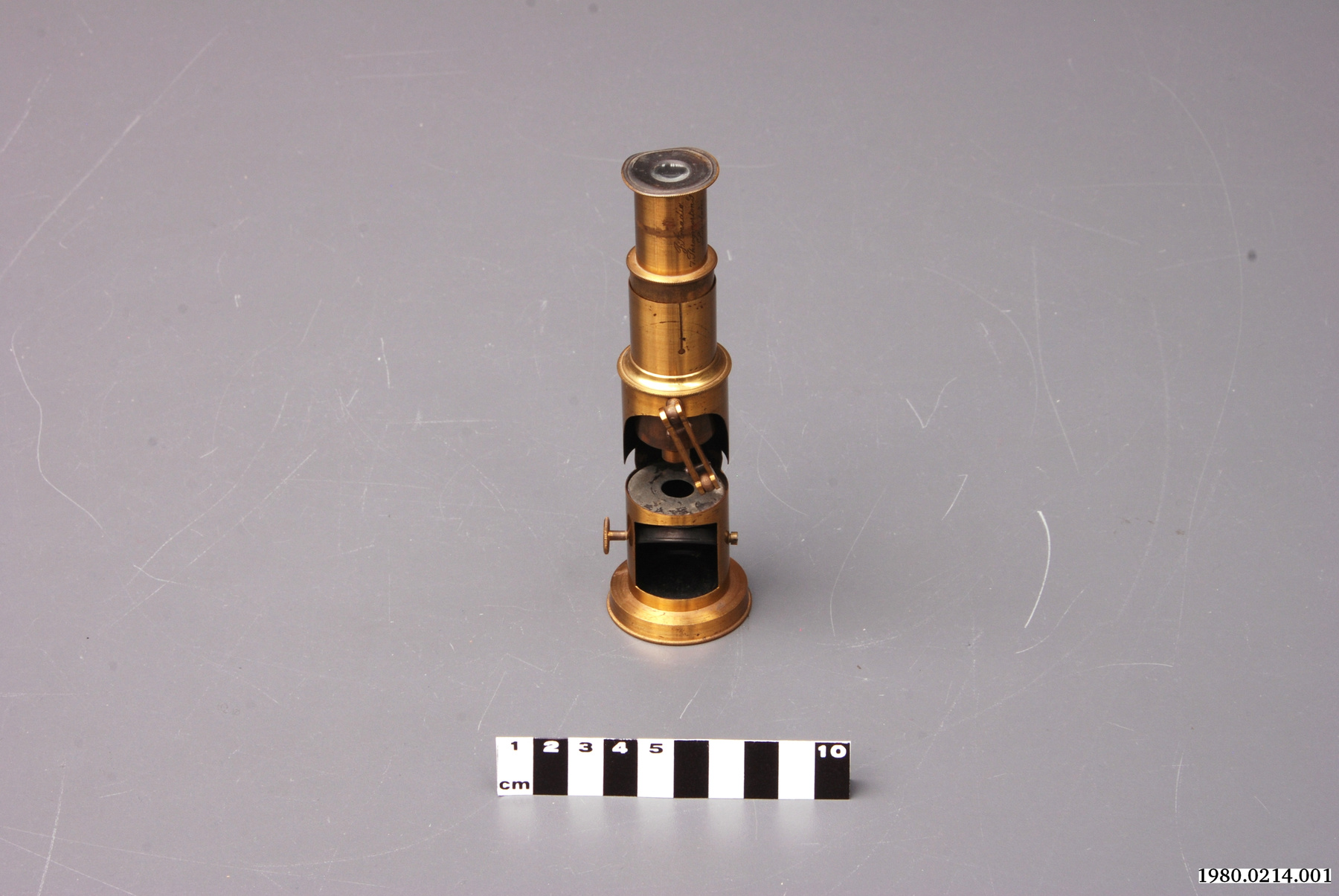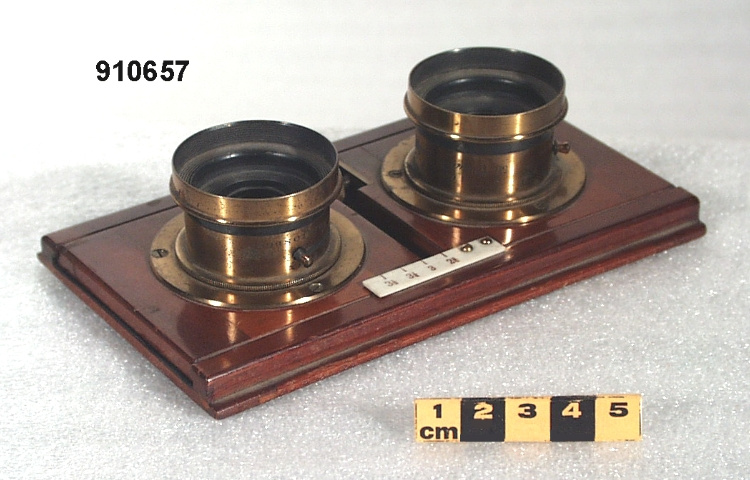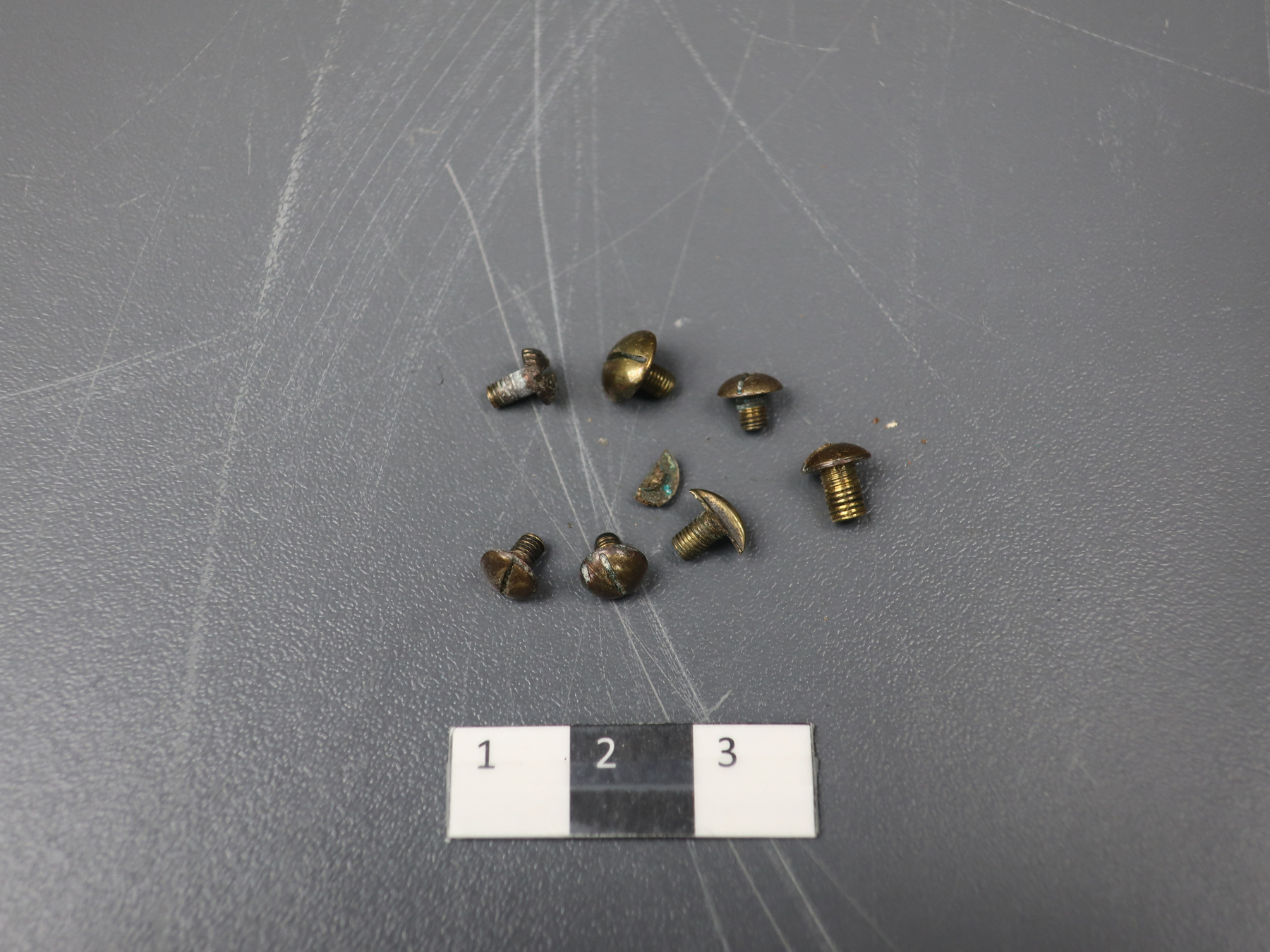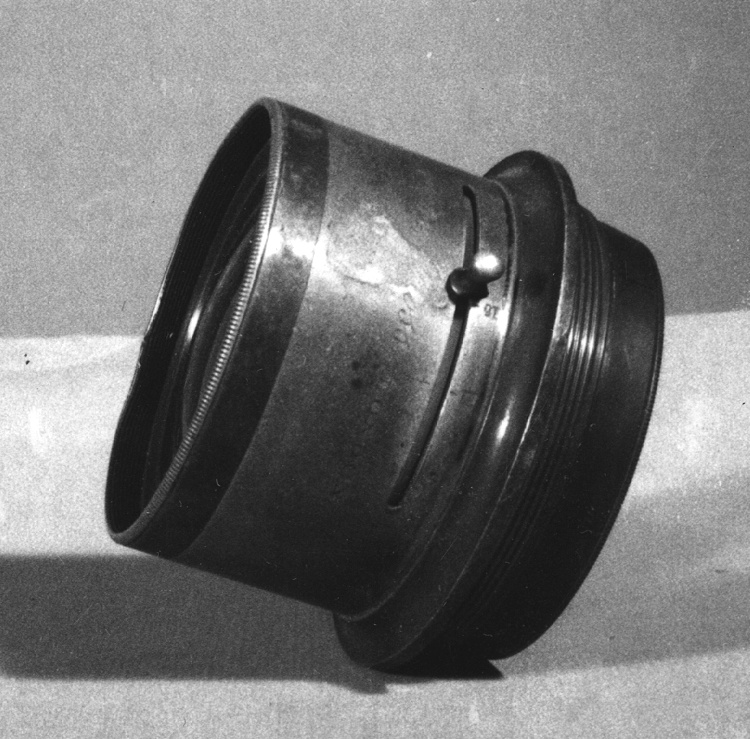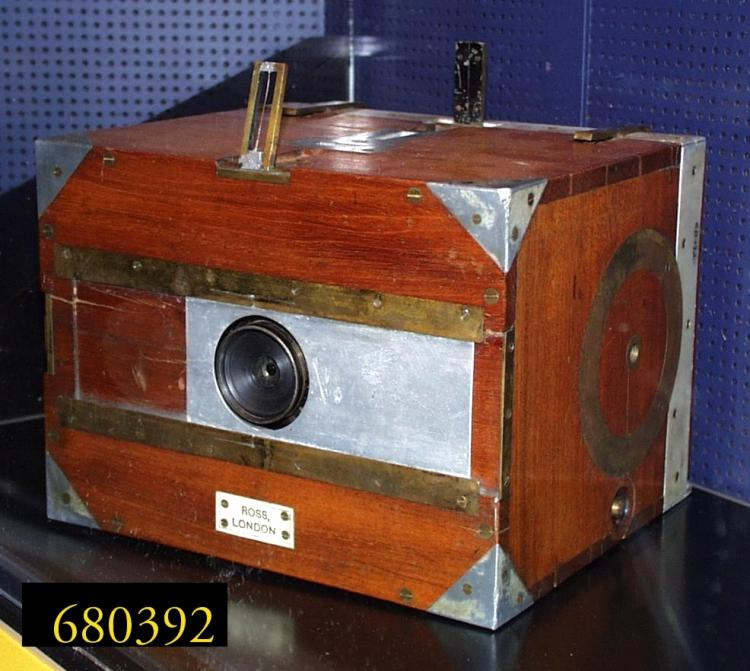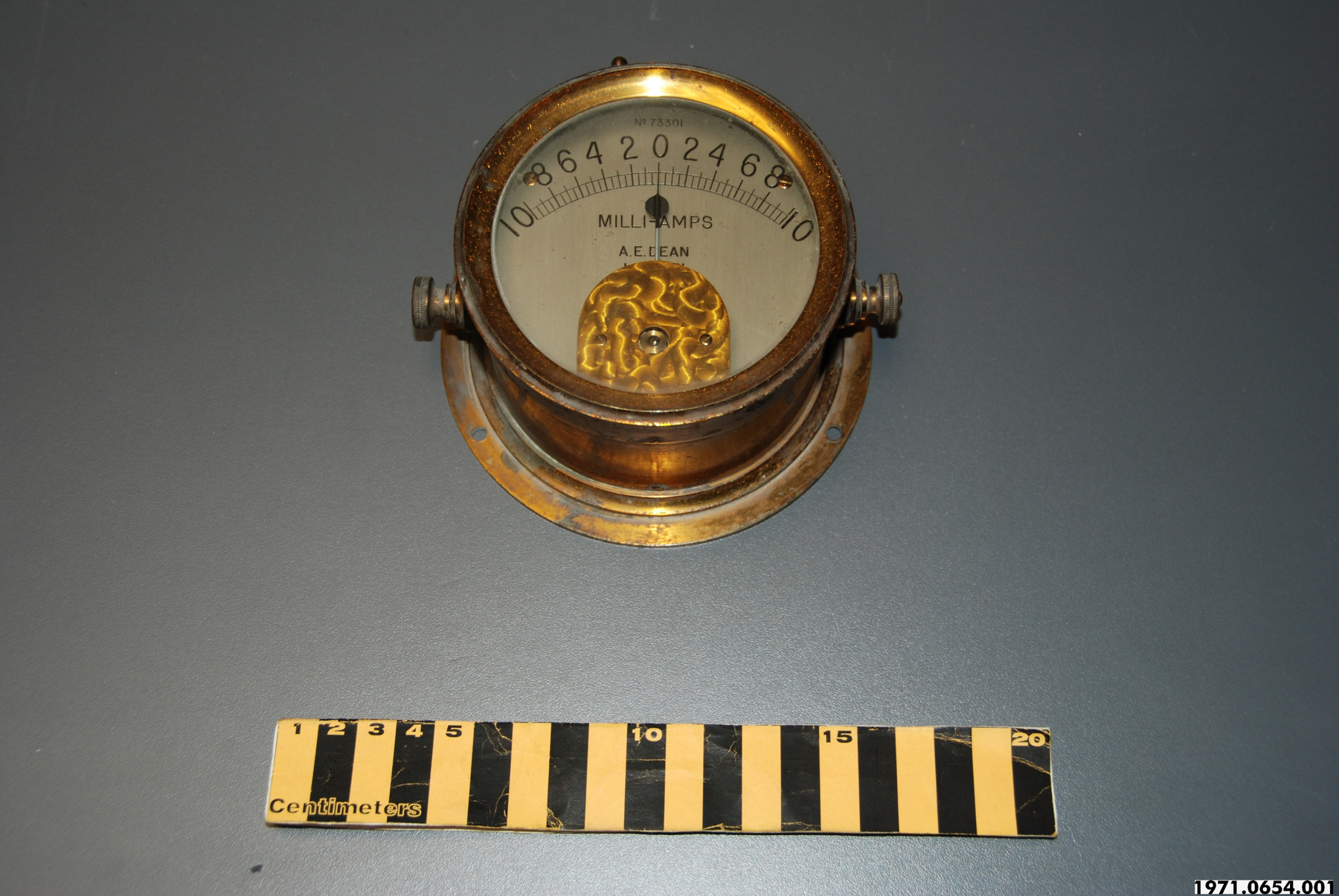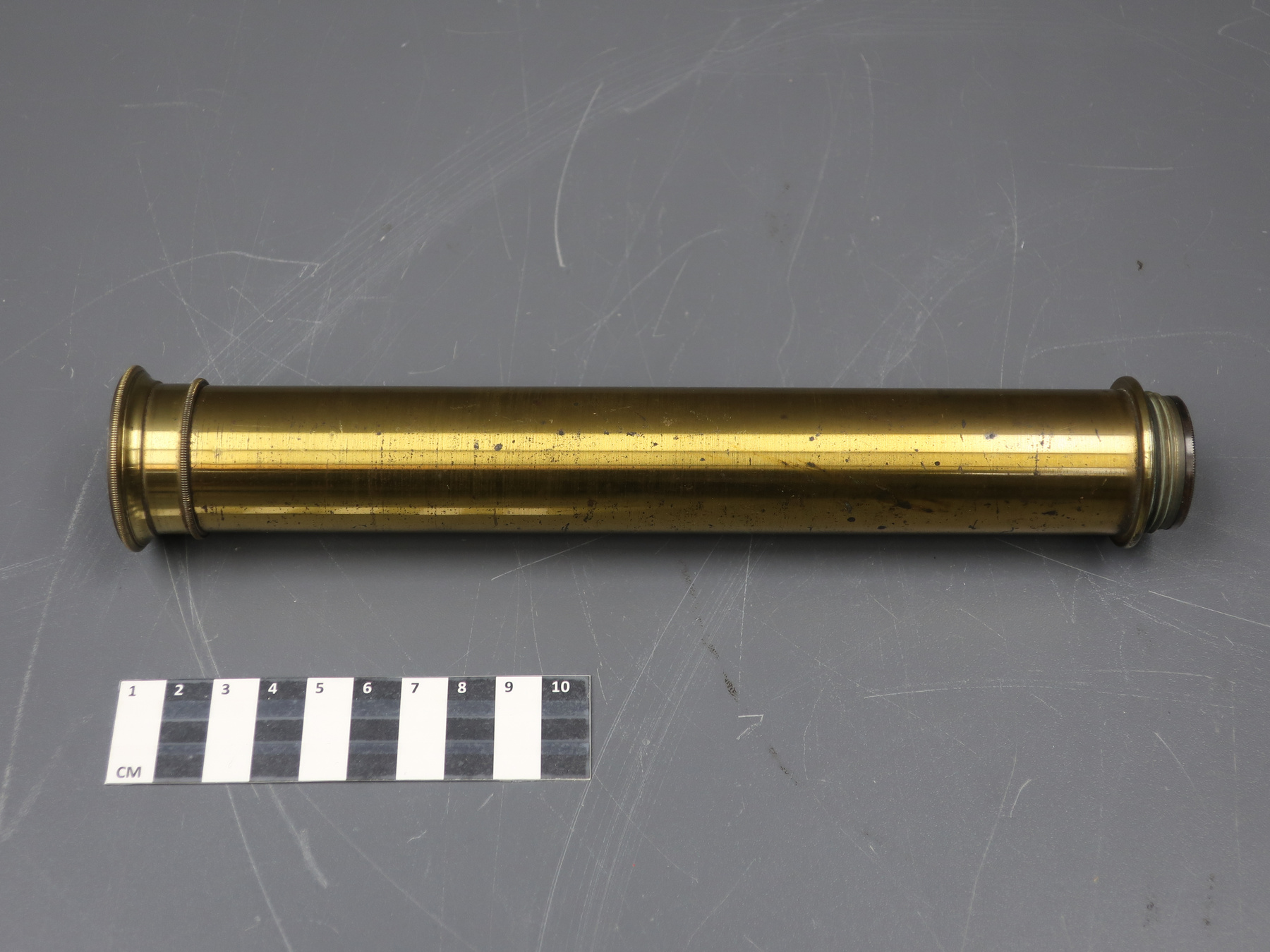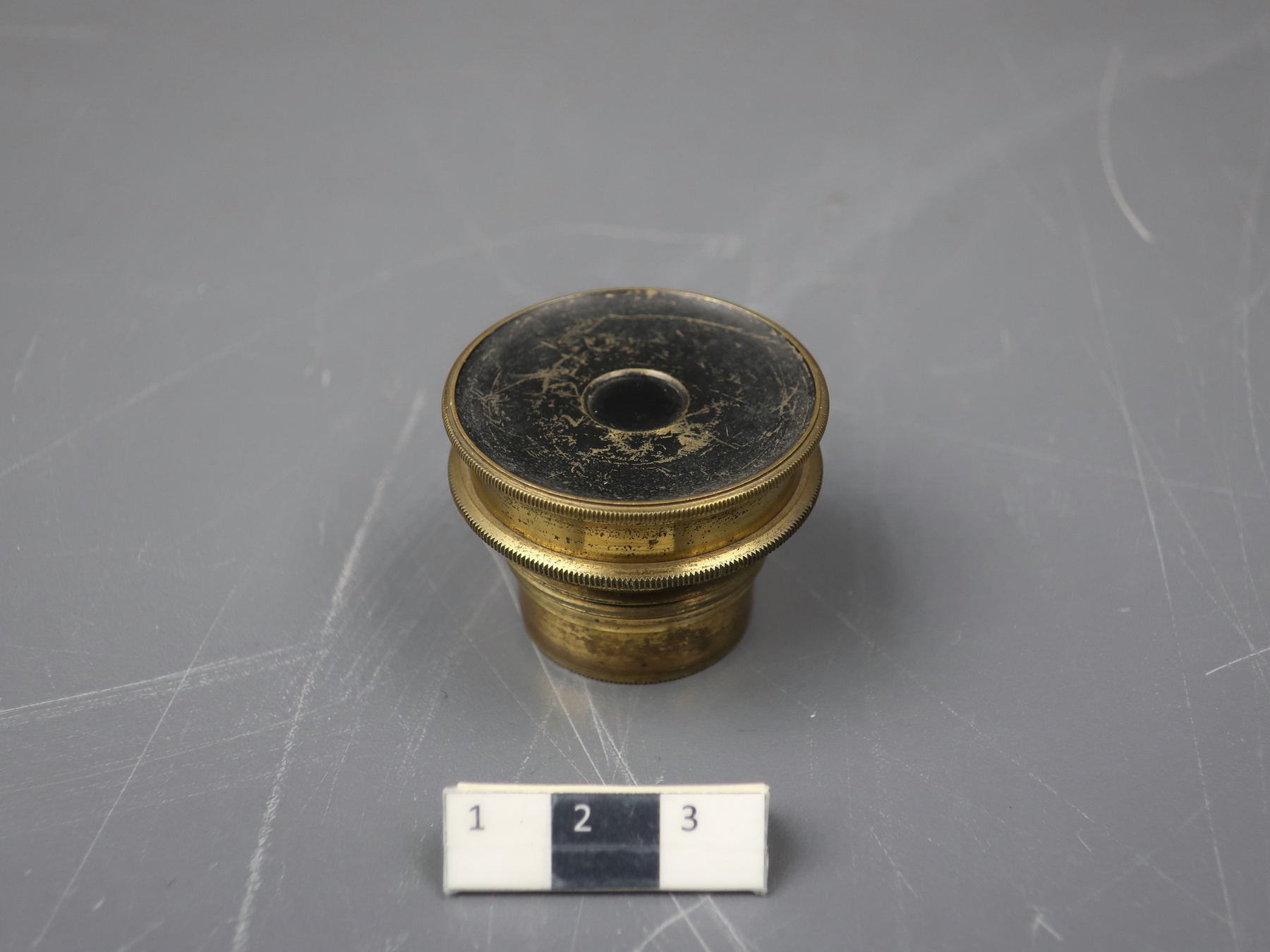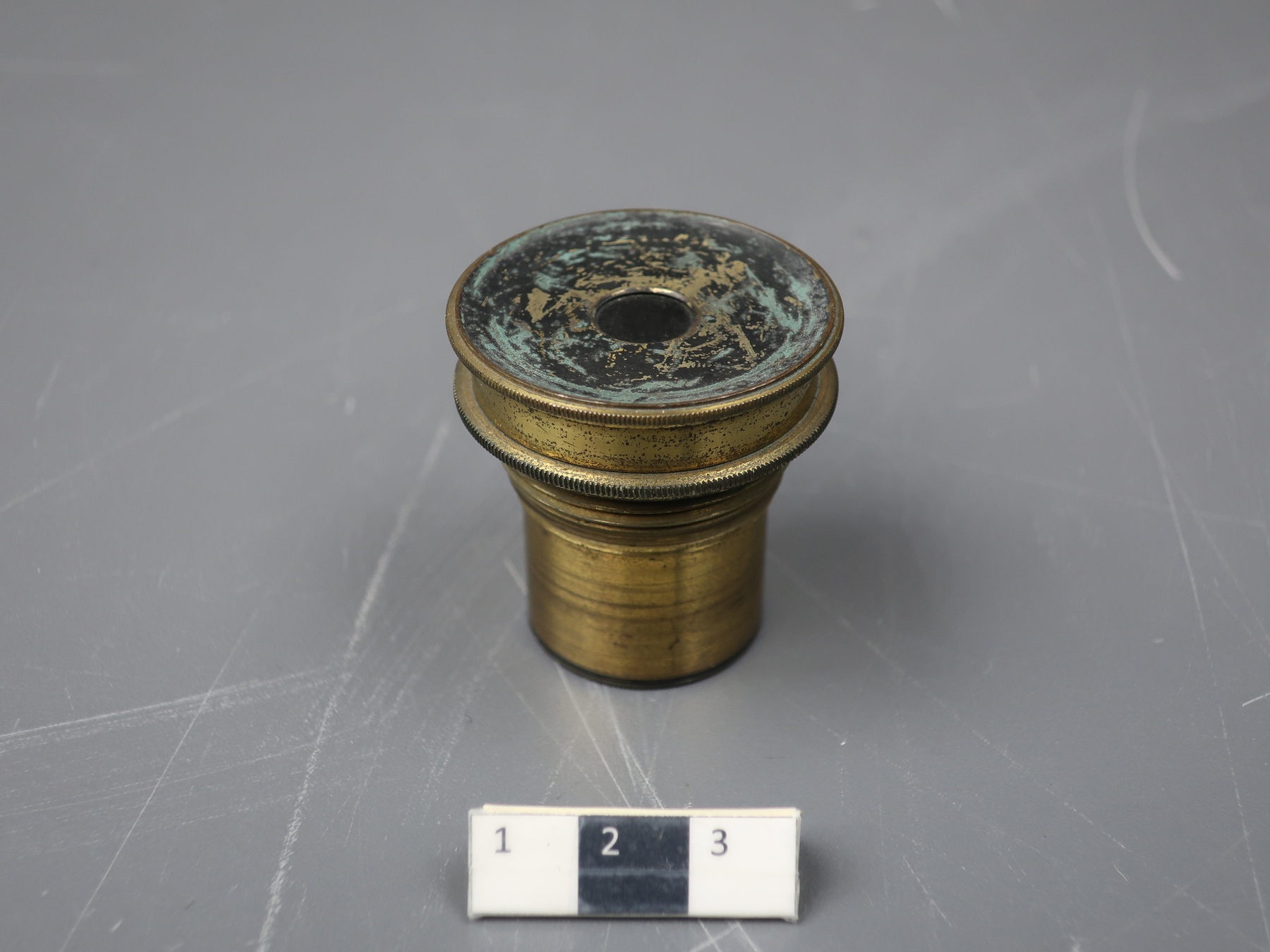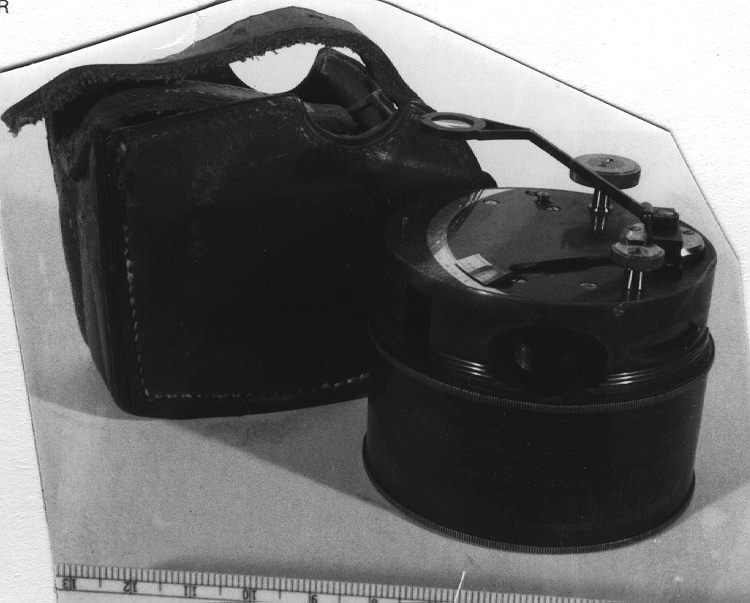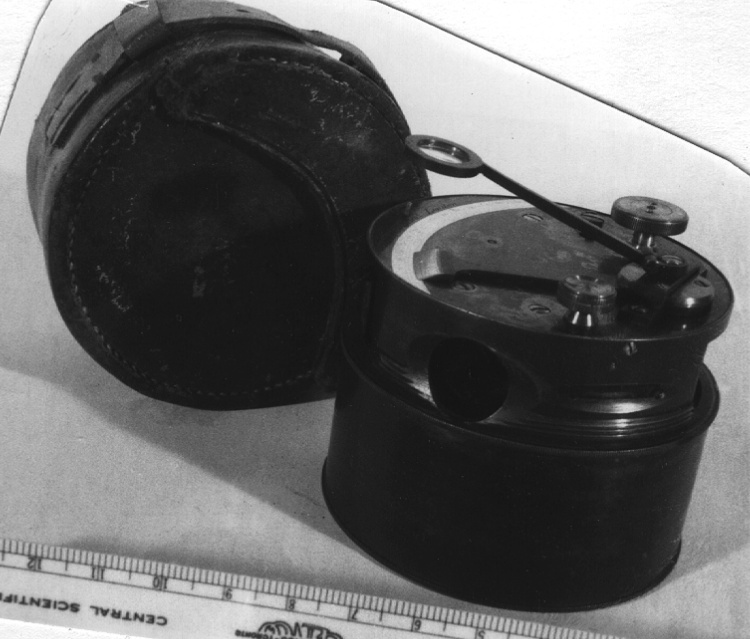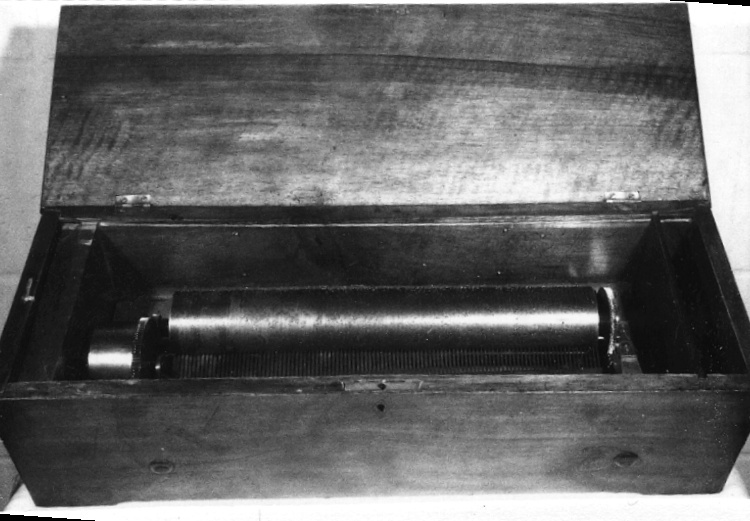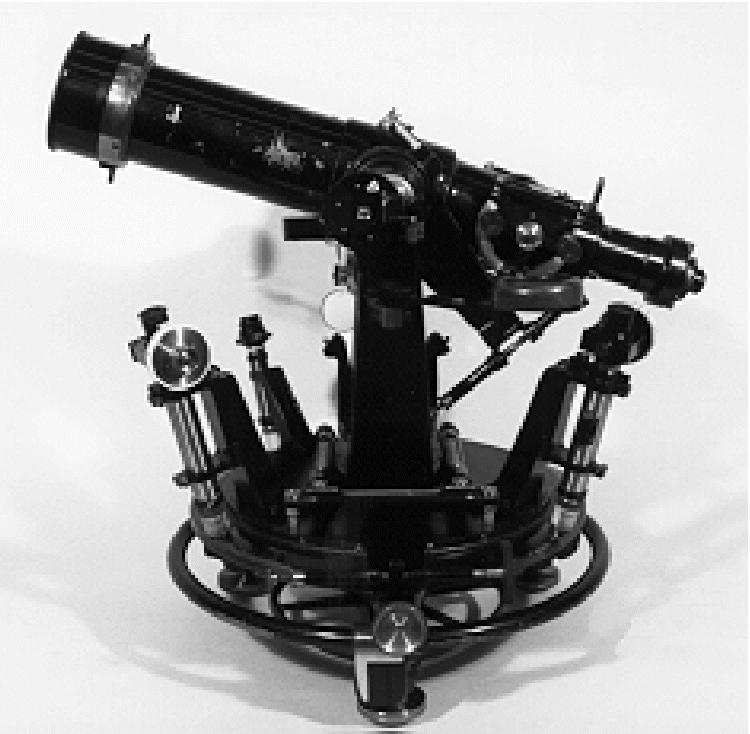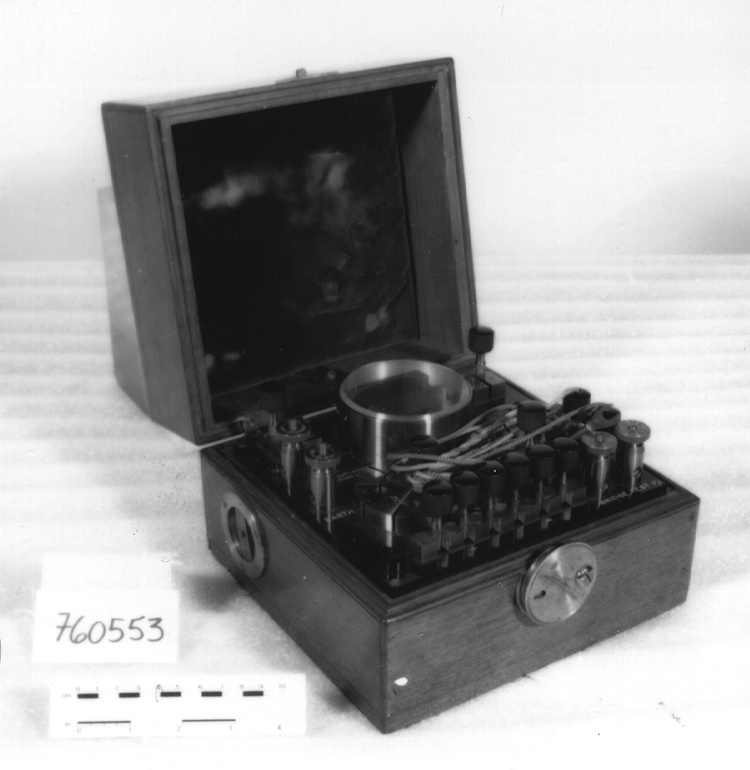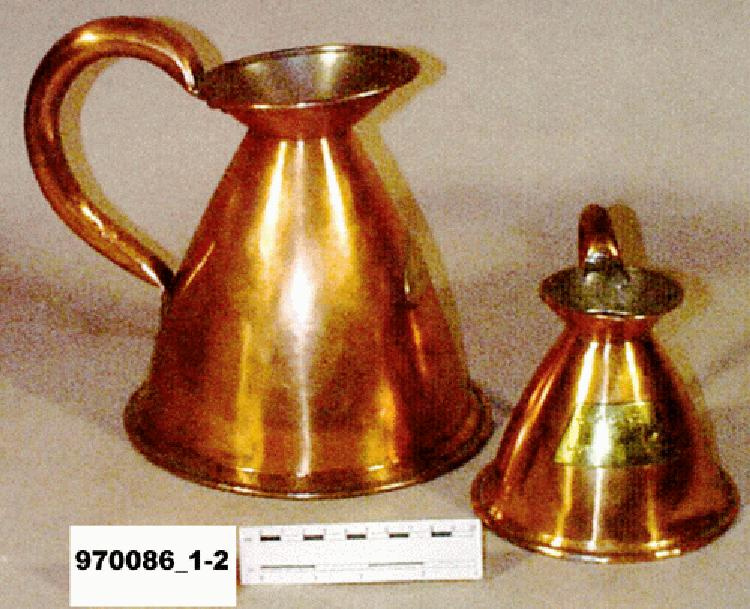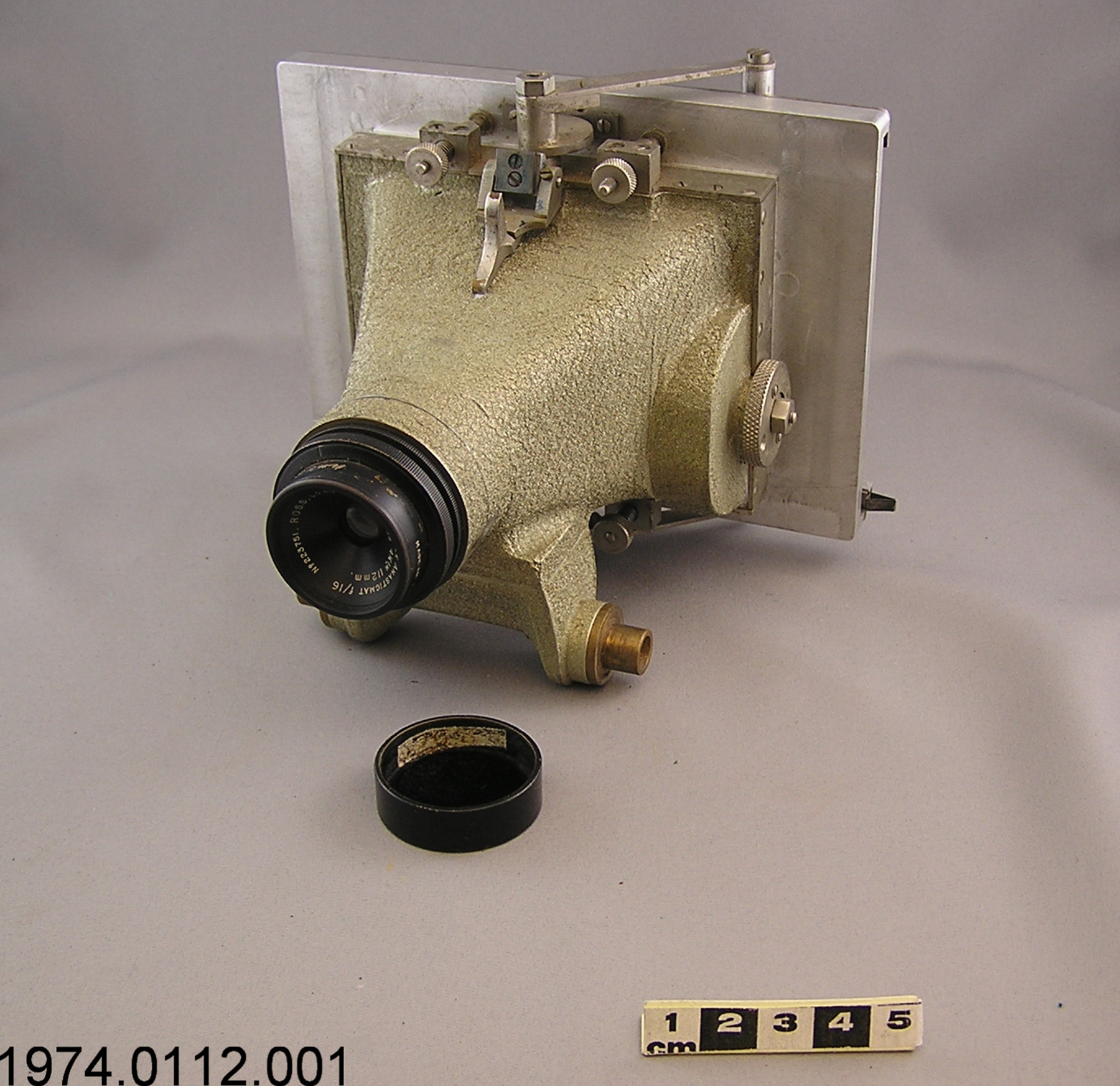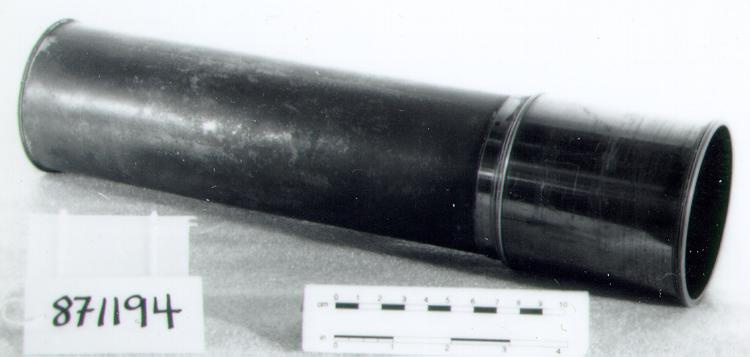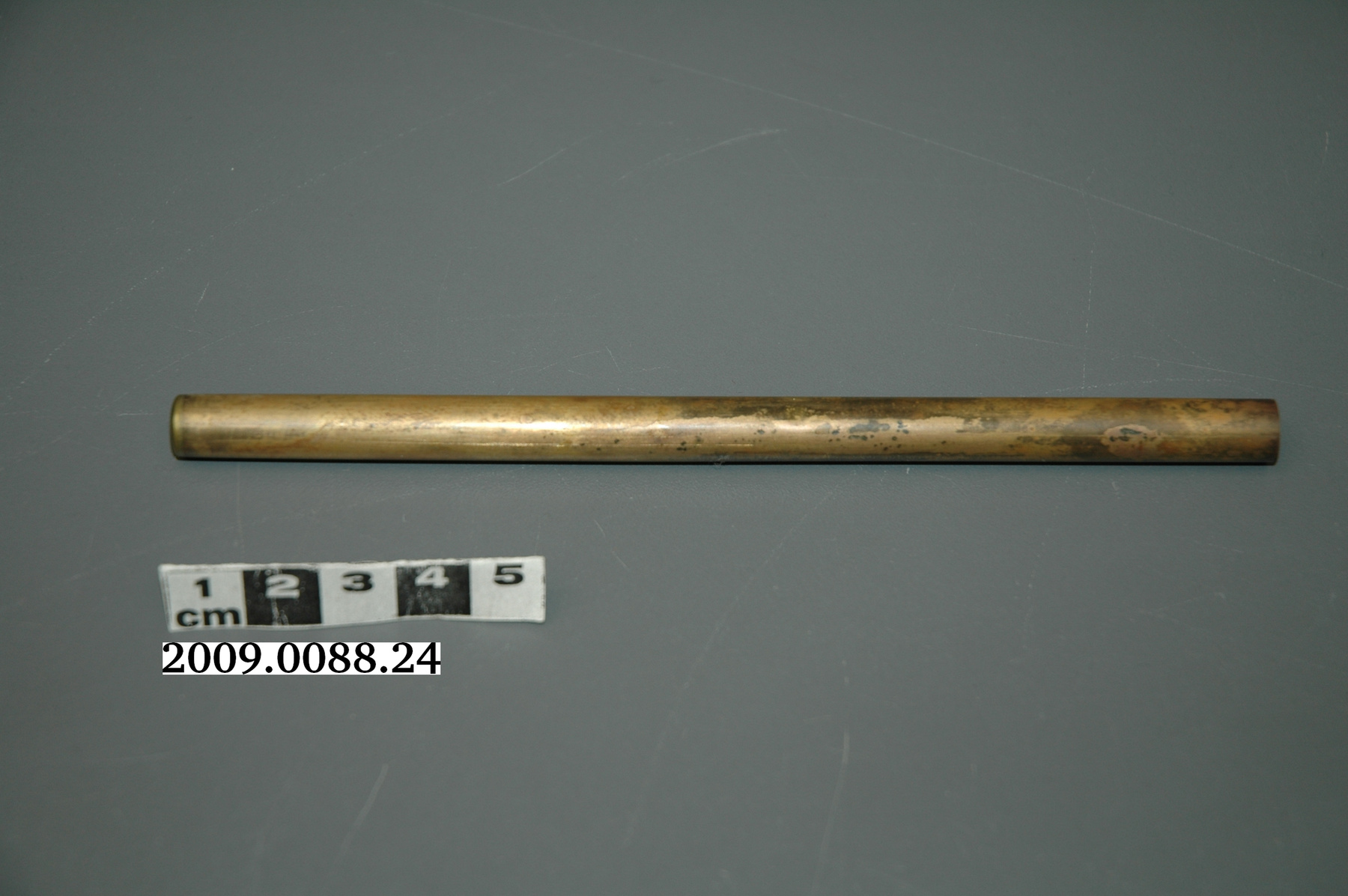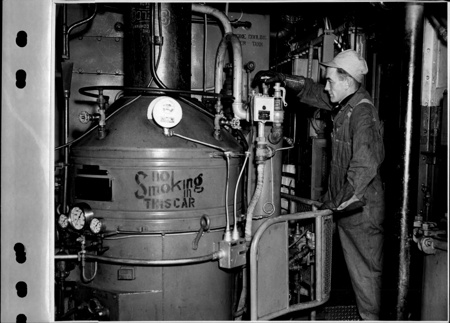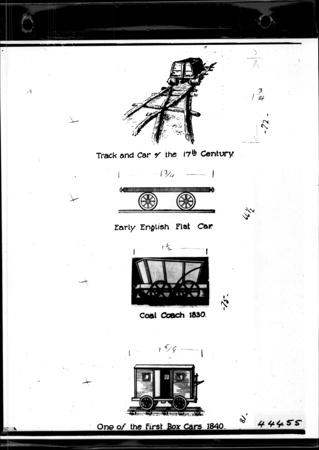Bras extensible
Utiliser cette image
Puis-je réutiliser cette image sans autorisation? Oui
Les images sur le portail de la collection d’Ingenium ont la licence Creative Commons suivante :
Copyright Ingenium / CC BY-NC-ND (Attribution-NonCommercial 4.0 International (CC BY-NC 4.0)
ATTRIBUER CETTE IMAGE
Ingenium,
2009.0088.024
Permalien:
Ingenium diffuse cette image sous le cadre de licence Creative Commons et encourage son téléchargement et sa réutilisation à des fins non commerciales. Veuillez mentionner Ingenium et citer le numéro de l’artefact.
TÉLÉCHARGER L’IMAGEACHETER CETTE IMAGE
Cette image peut être utilisée gratuitement pour des fins non commerciales.
Pour un usage commercial, veuillez consulter nos frais de reproduction et communiquer avec nous pour acheter l’image.
- TYPE D’OBJET
- S/O
- DATE
- 1842–1843
- NUMÉRO DE L’ARTEFACT
- 2009.0088.024
- FABRICANT
- Ross, Andrew
- MODÈLE
- 68
- EMPLACEMENT
- London, England
Plus d’information
Renseignements généraux
- Nº de série
- S/O
- Nº de partie
- 24
- Nombre total de parties
- 32
- Ou
- S/O
- Brevets
- S/O
- Description générale
- Lacquered brass
Dimensions
Remarque : Cette information reflète la taille générale pour l’entreposage et ne représente pas nécessairement les véritables dimensions de l’objet.
- Longueur
- S/O
- Largeur
- 1,0 cm
- Hauteur
- 15,6 cm
- Épaisseur
- S/O
- Poids
- S/O
- Diamètre
- S/O
- Volume
- S/O
Lexique
- Groupe
- Technologie médicale
- Catégorie
- Matériel médical
- Sous-catégorie
- S/O
Fabricant
- Ou
- Ross
- Pays
- England
- État/province
- Inconnu
- Ville
- London
Contexte
- Pays
- Canada
- État/province
- Inconnu
- Période
- 1840s
- Canada
-
Caroline Bucknall Estcourt (1809-1886) (ne Caroline Pole Craw), was the wife of British officer, James Bucknall Estcourt (1802-1855), posted in the Canadian colonies in the 1830s and 1840s. Caroline was an amateur naturalist and painter, with some of her graphic collections in the archives of Canada. These include portraits, sporting scenes and landscapes. She purchased this microscope either just before or just after her second trip to the colonies in April 1843 until 1846. During that time her husband was the British boundary commissioner for Canada, in charge of surveying the northeast border of the United States. - Fonction
-
Examination of natural specimens. - Technique
-
There are several historic Ross microscopes in the collection. Number 68, however, carries some technical significance. It is one of the earliest commercially produced, portable achromatic microscopes (i.e. Ross made special lenses that corrected for chromatic aberration). The first achromatic microscopes were made by Chevalier in France and James Smith , Hugh Powell and Andrew Ross in the UK in the late 1830s. Ross number 68 can be dated to 1842 (or possibly 1843) and is therefore a fairly early commercially produced achromatic microscope. (The National Museum of Scotland has some Ross microscopes in its collection but none this early). Its portability was also rare for such an early one. Andrew Ross (1798-1859) was one of the more prolific and highly skilled 19th century British microscope makers. In the 1830s and 40s he signed his instruments as Andrew Ross, London. Later he joined his brother Thomas and traded as Ross Microscope. - Notes sur la région
-
Inconnu
Détails
- Marques
- None evident.
- Manque
- S/O
- Fini
- Lacquered brass extension arm that goes with mounting base (.22)
- Décoration
- S/O
FAIRE RÉFÉRENCE À CET OBJET
Si vous souhaitez publier de l’information sur cet objet de collection, veuillez indiquer ce qui suit :
Ross, Andrew, Bras extensible, entre 1842–1843, Numéro de l'artefact 2009.0088, Ingenium - Musées des sciences et de l'innovation du Canada, http://collections.ingeniumcanada.org/fr/id/2009.0088.024/
RÉTROACTION
Envoyer une question ou un commentaire sur cet artefact.
Plus comme ceci
